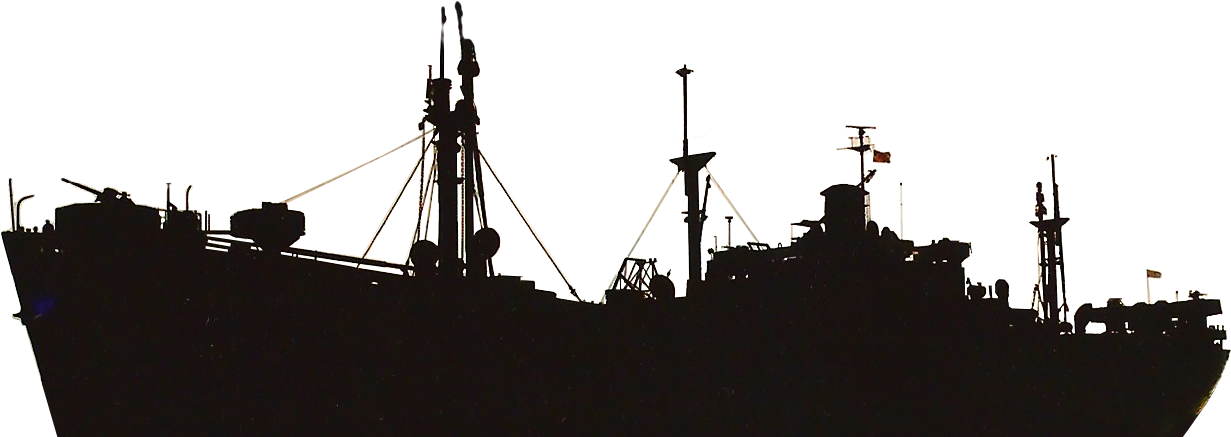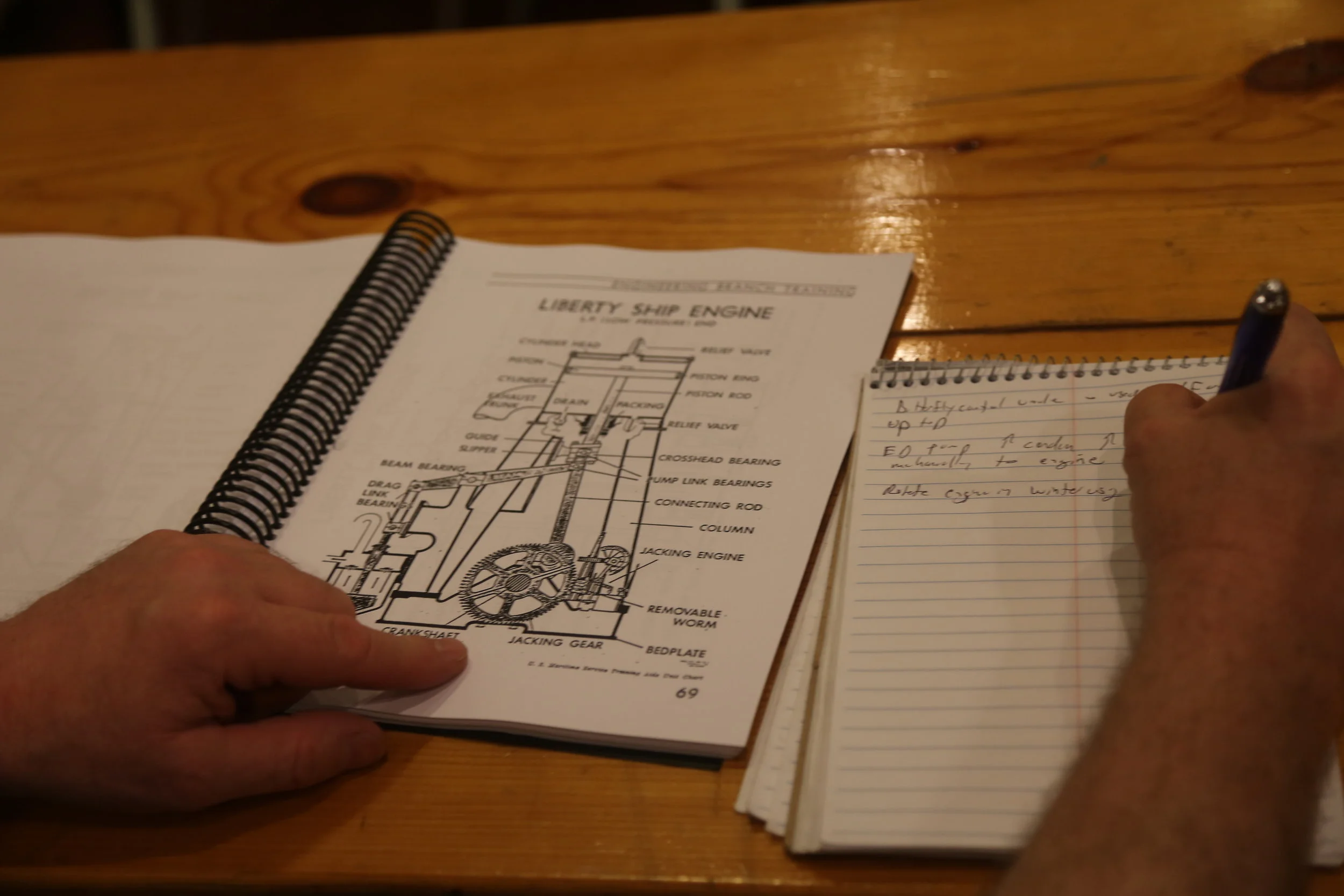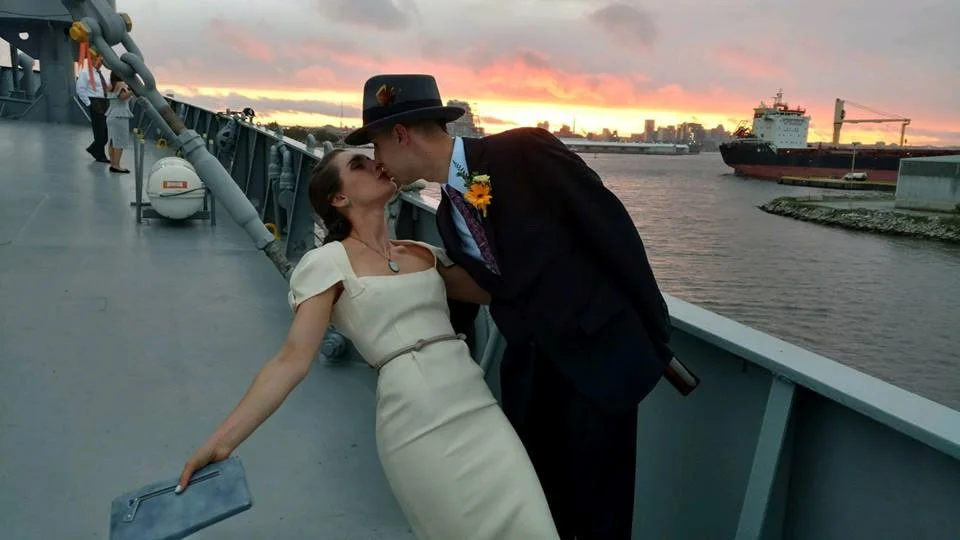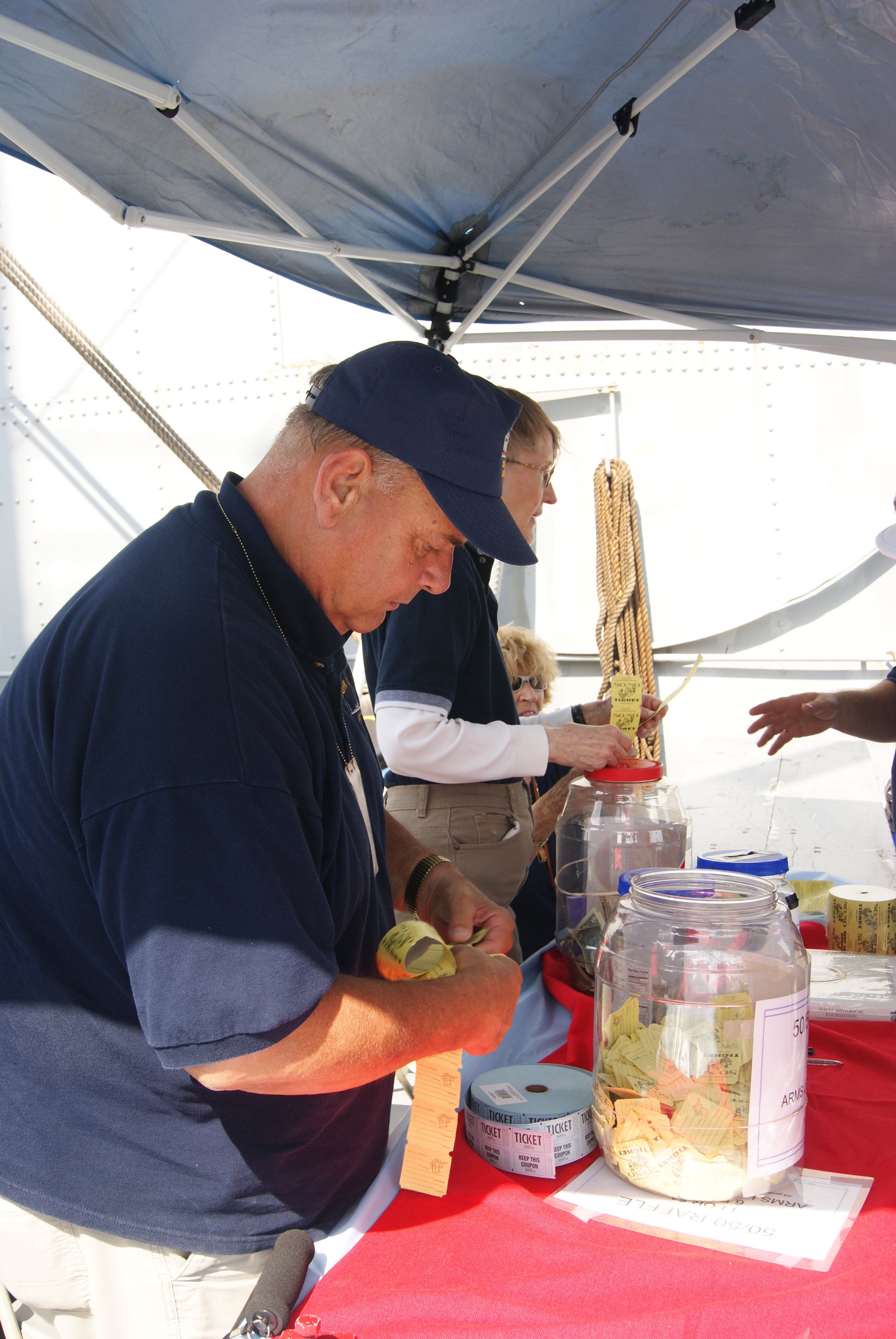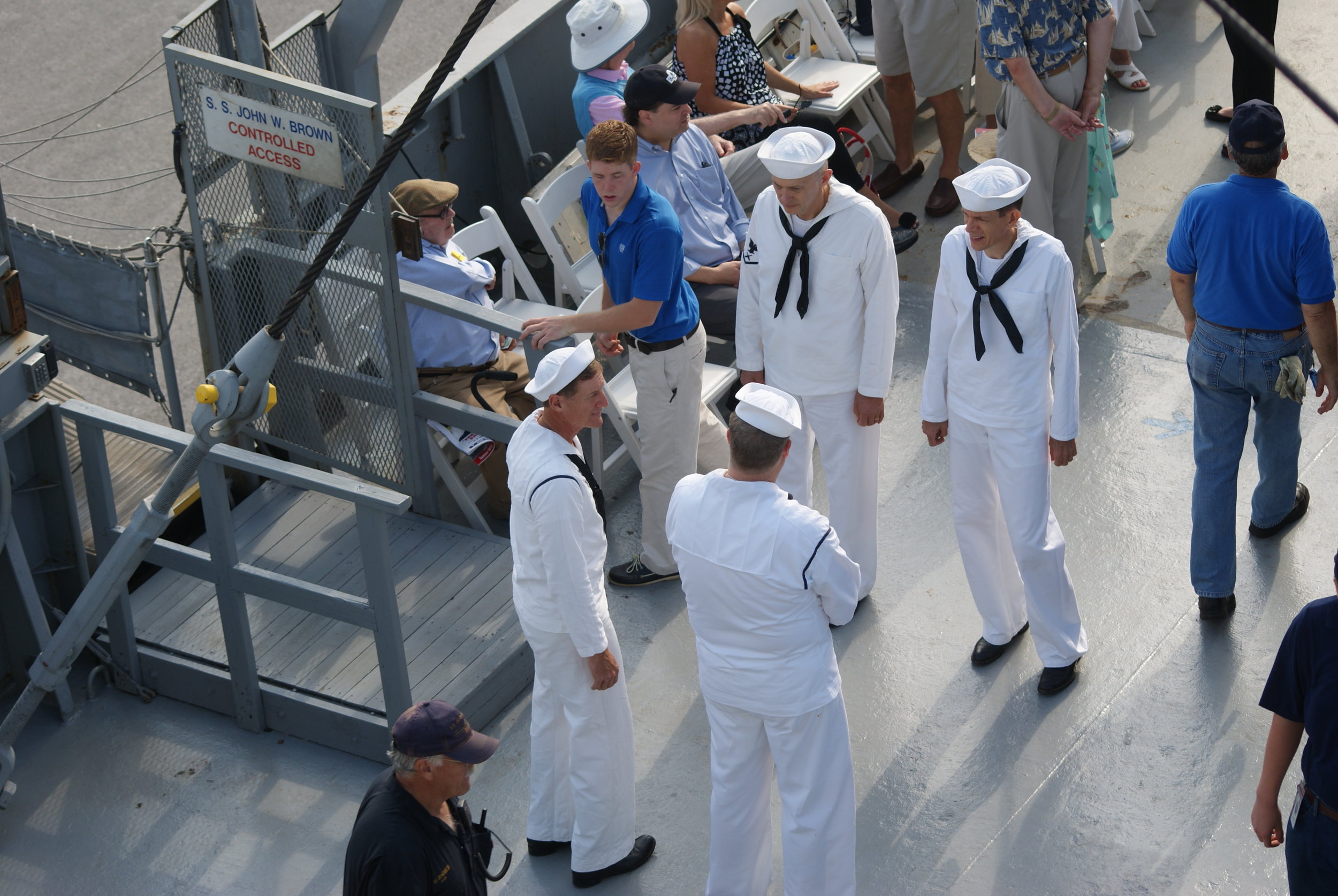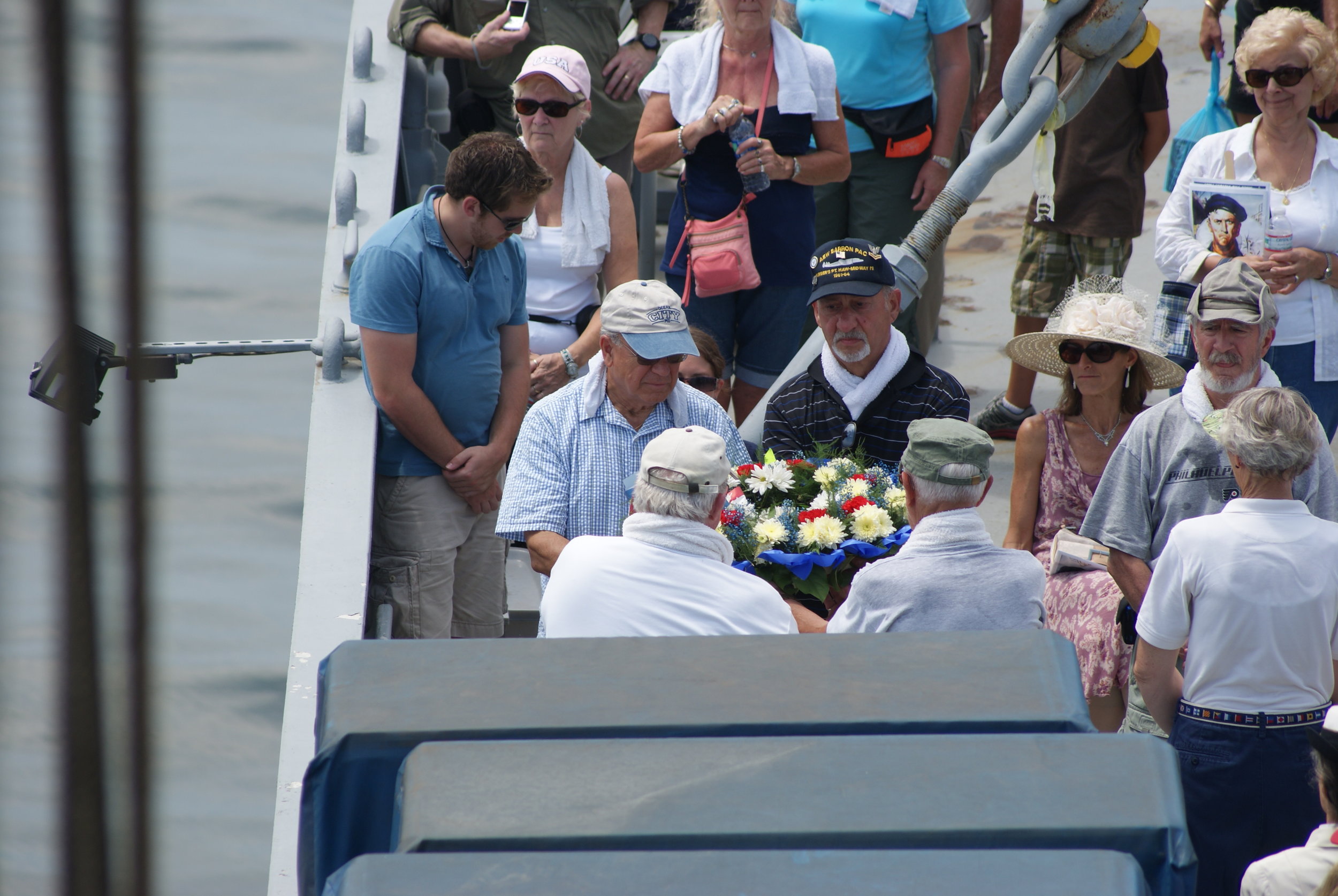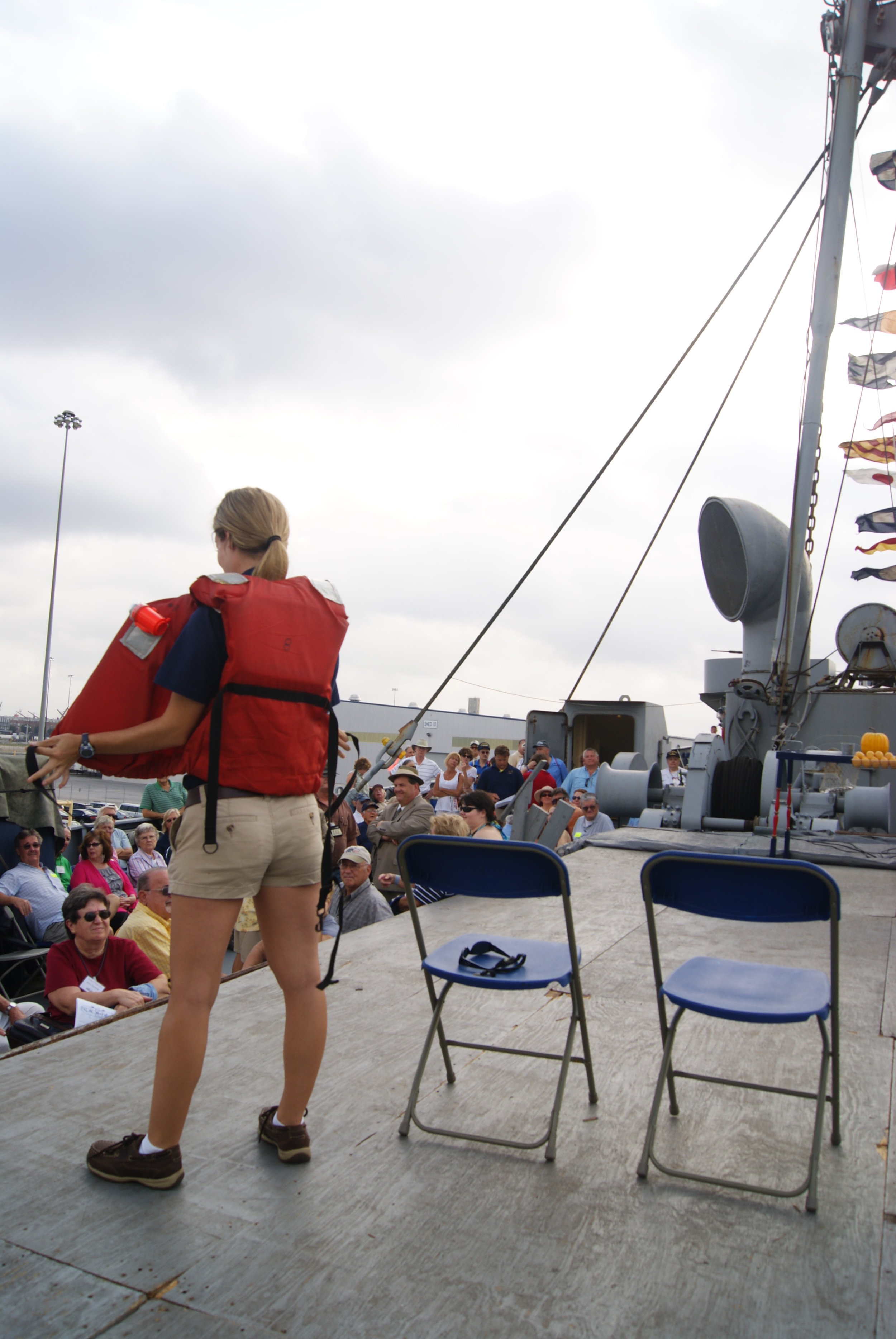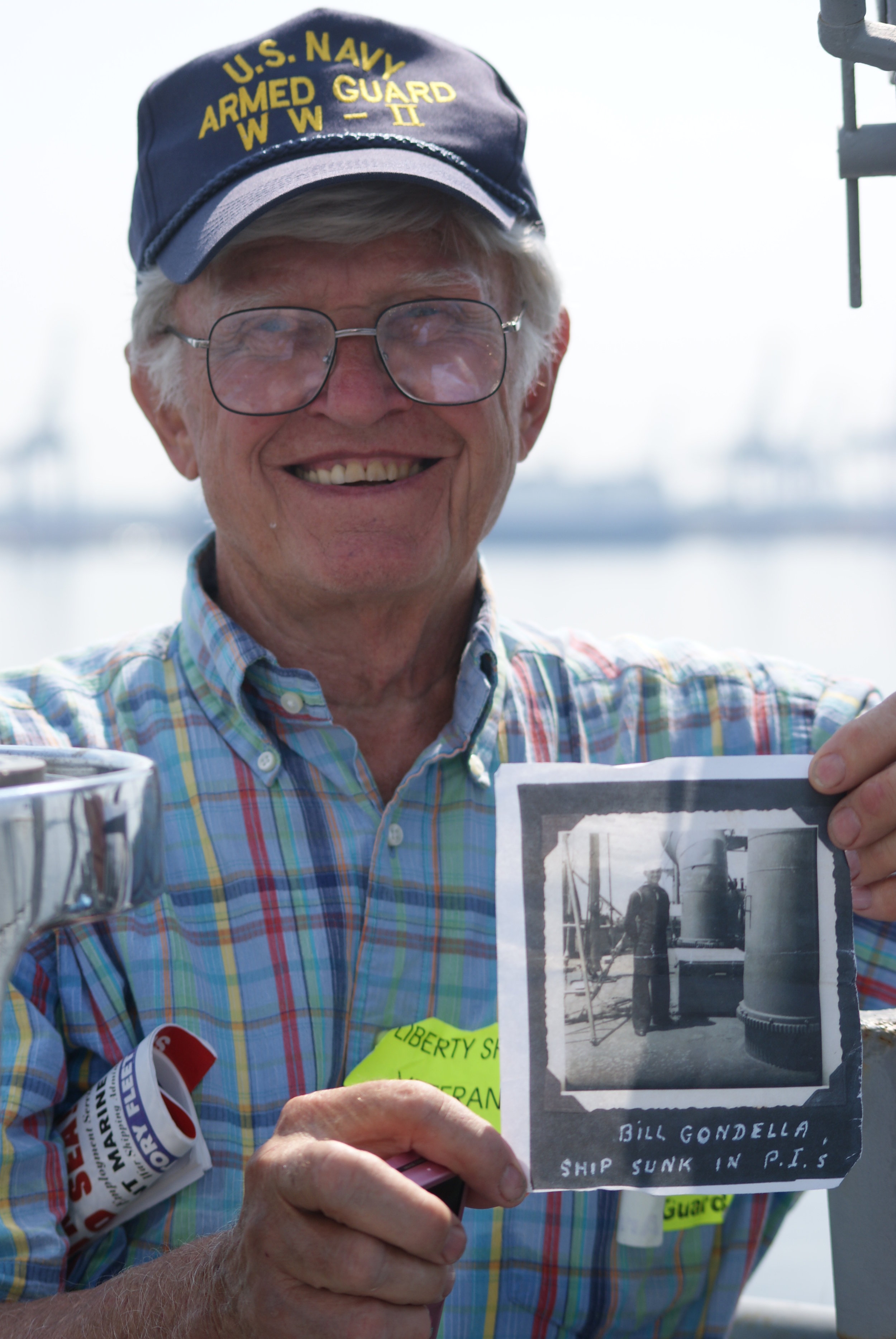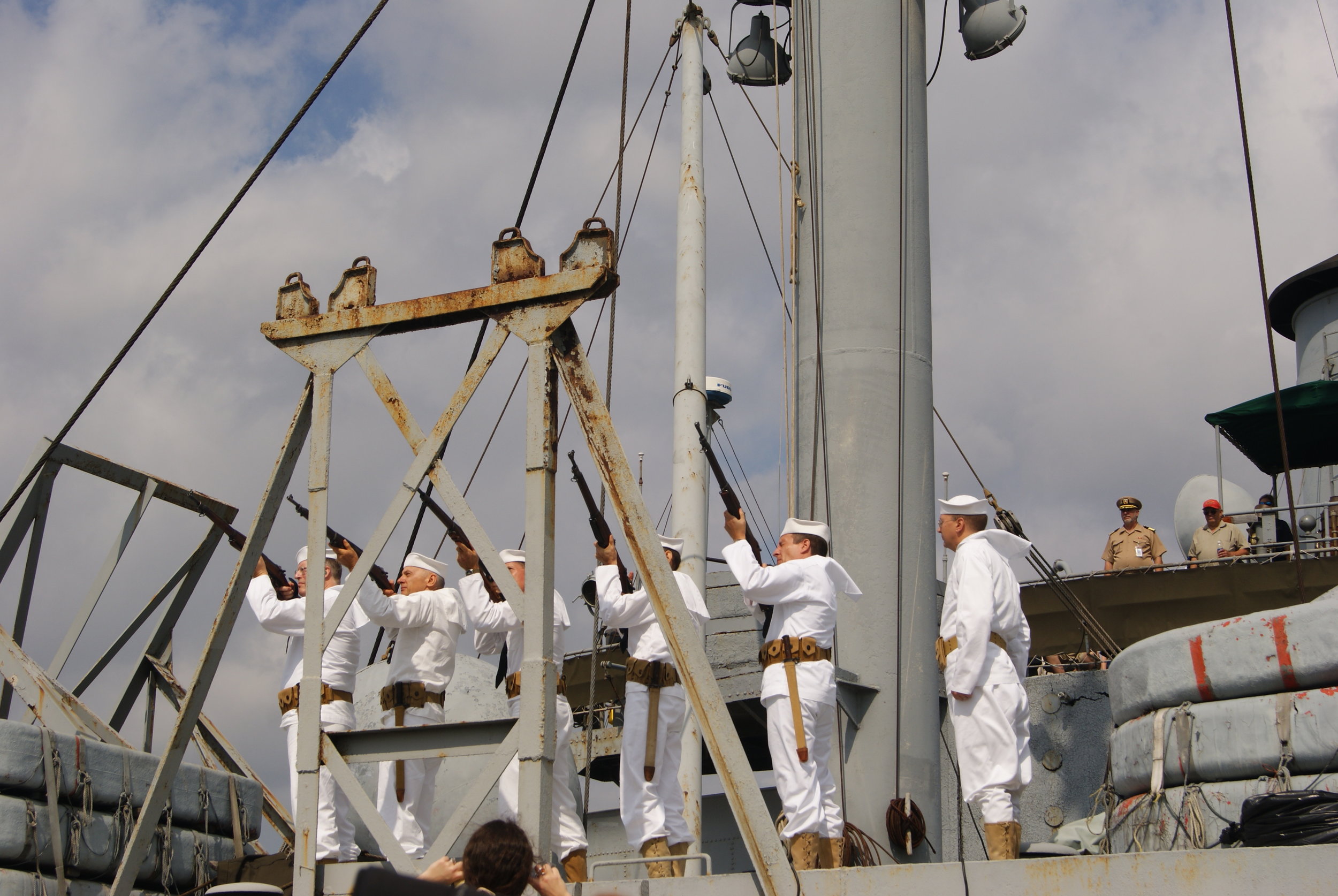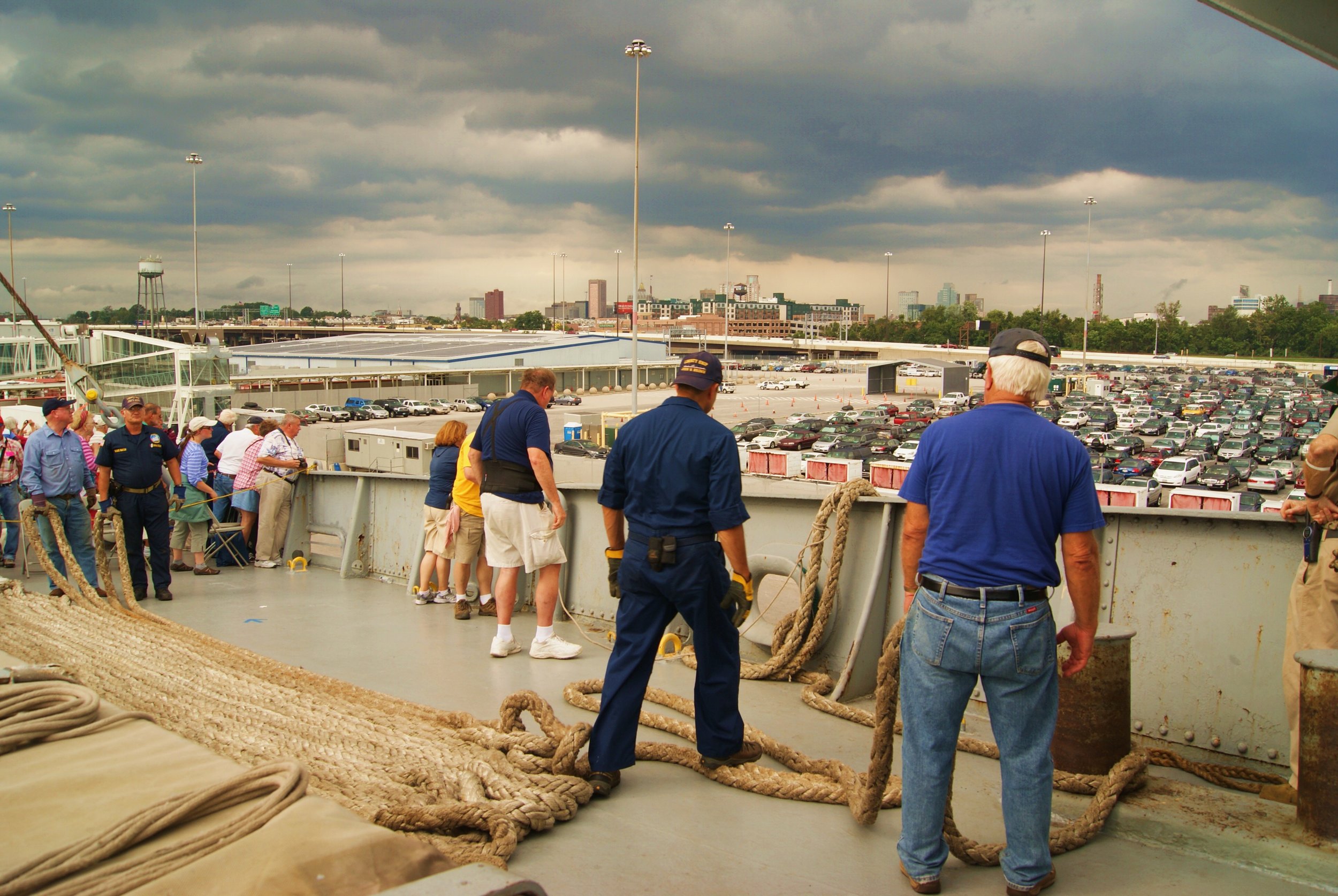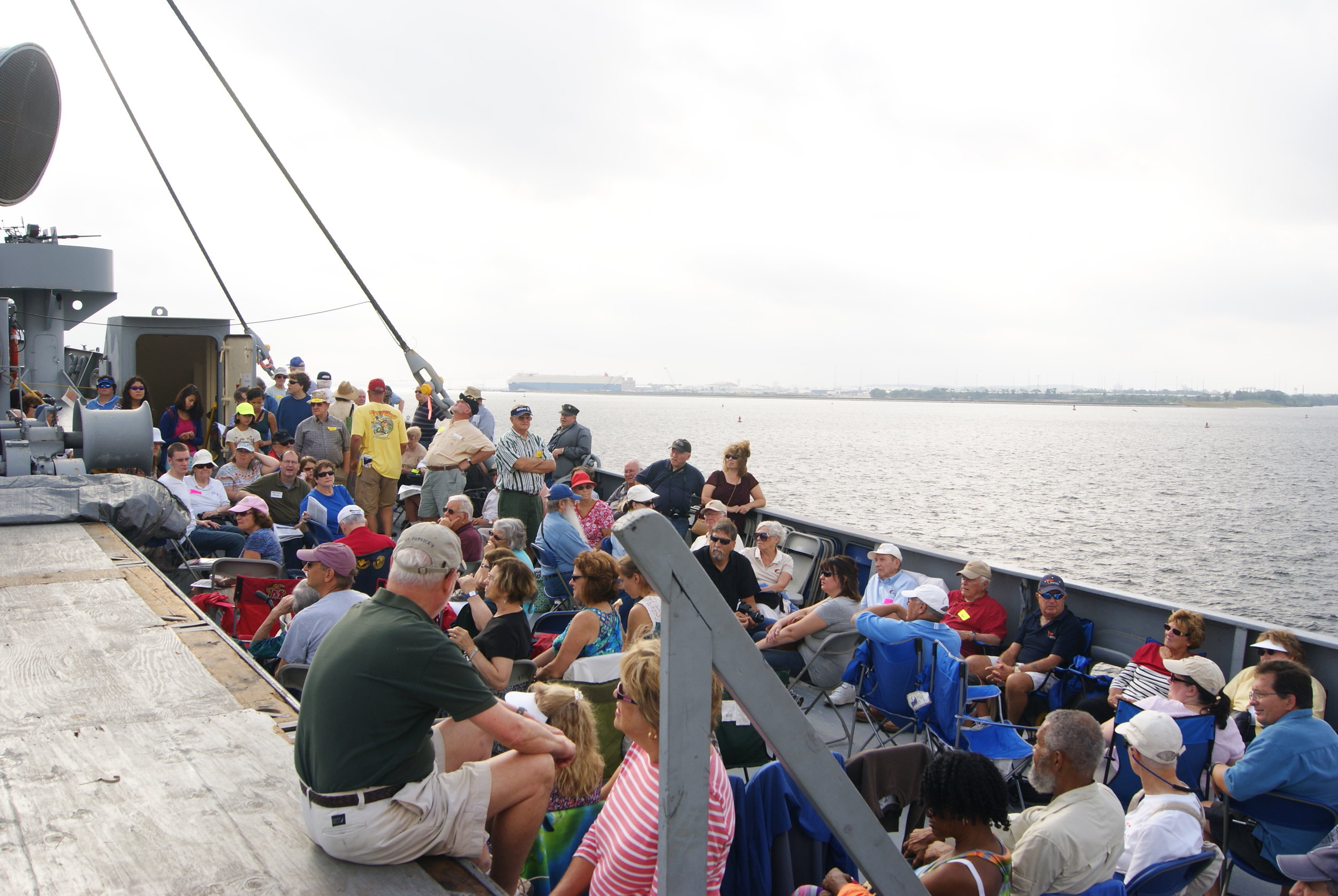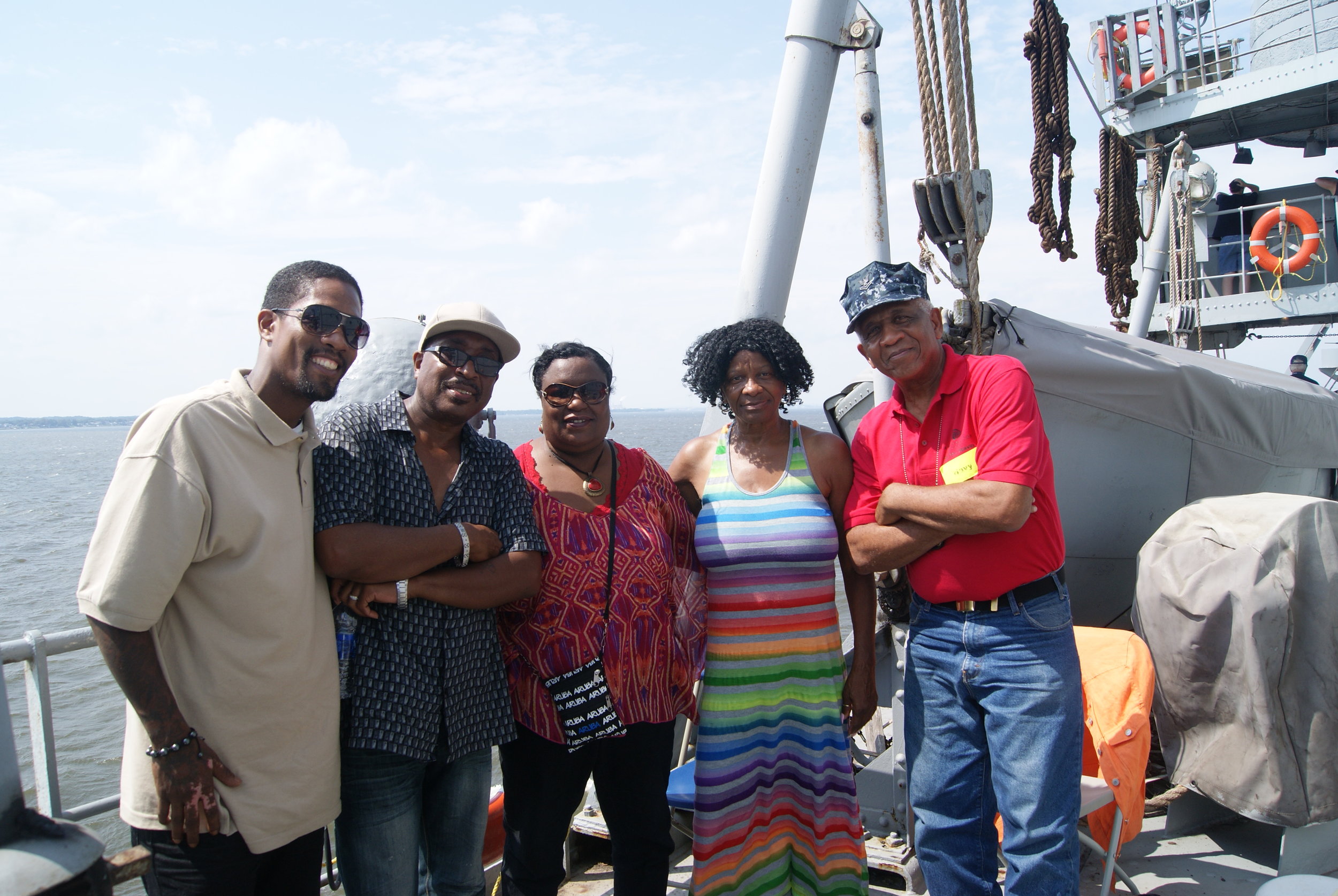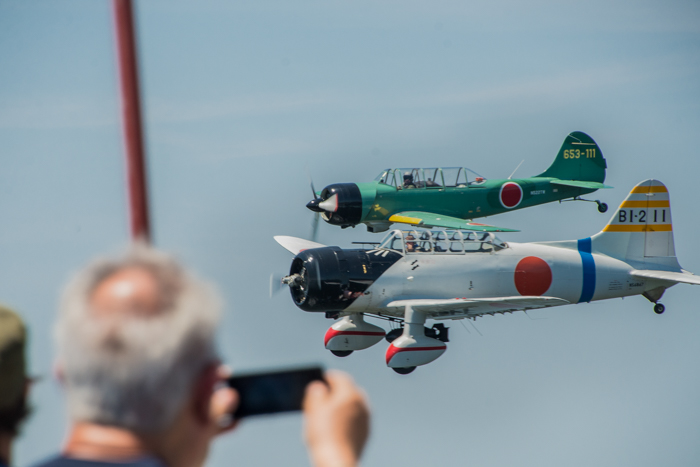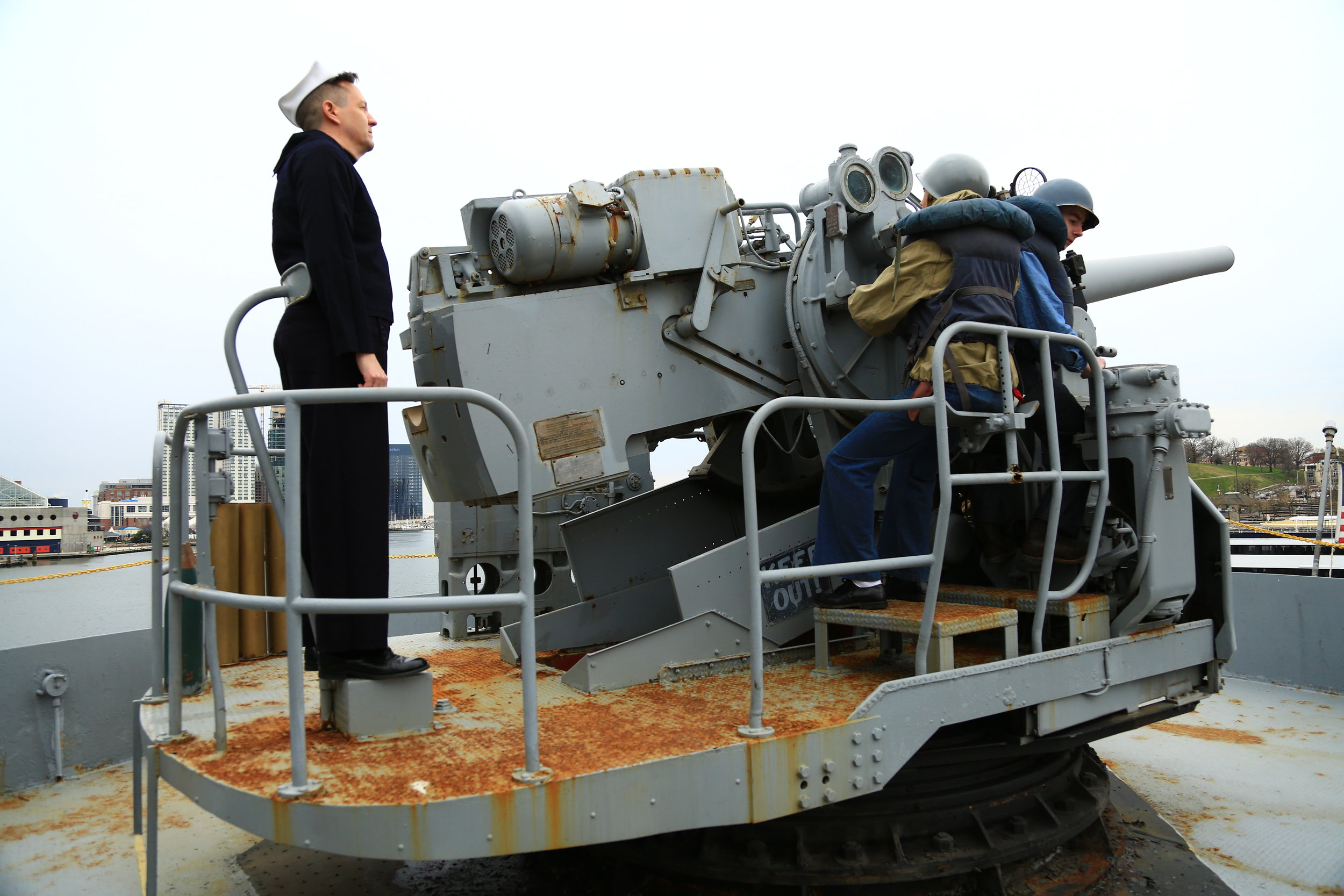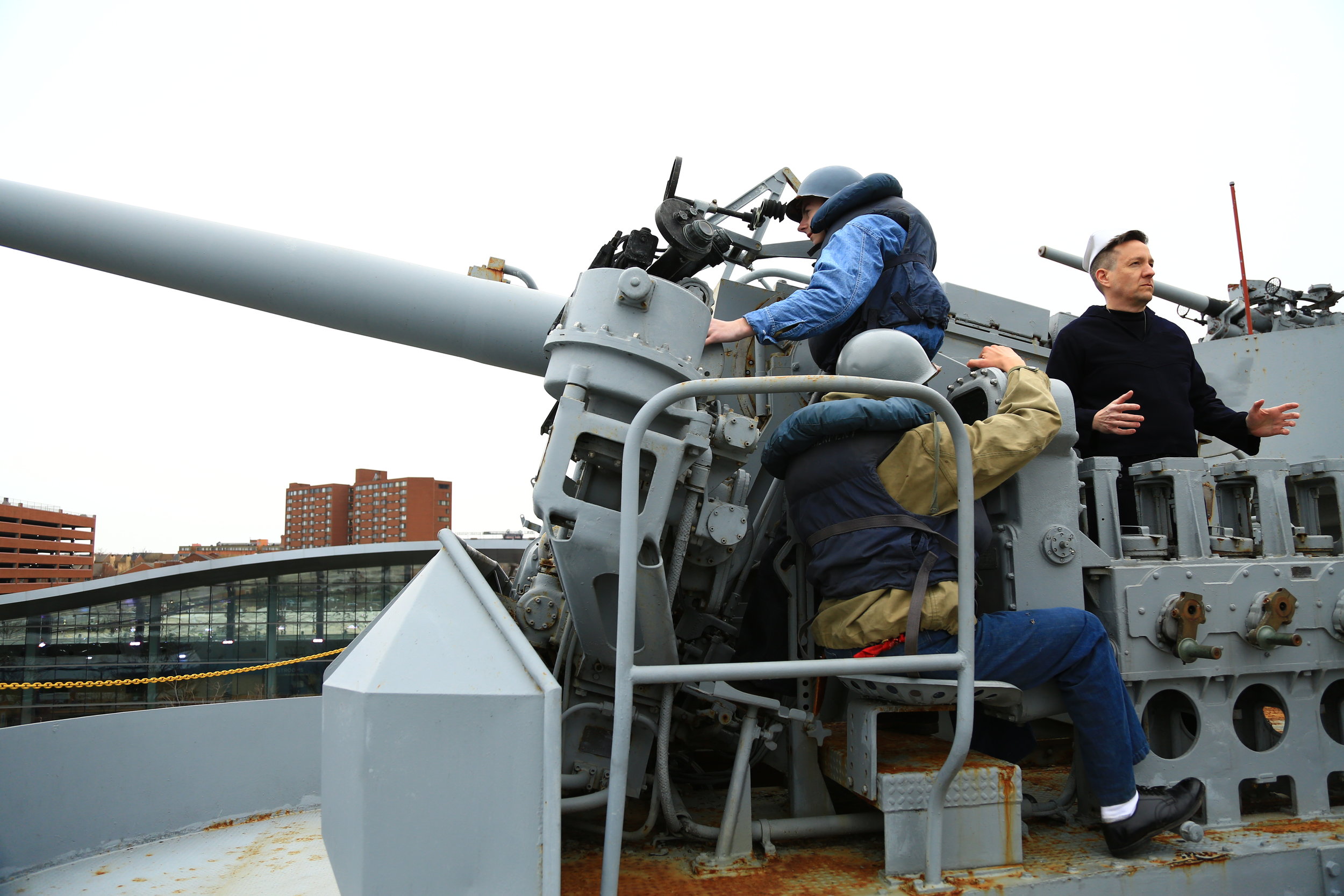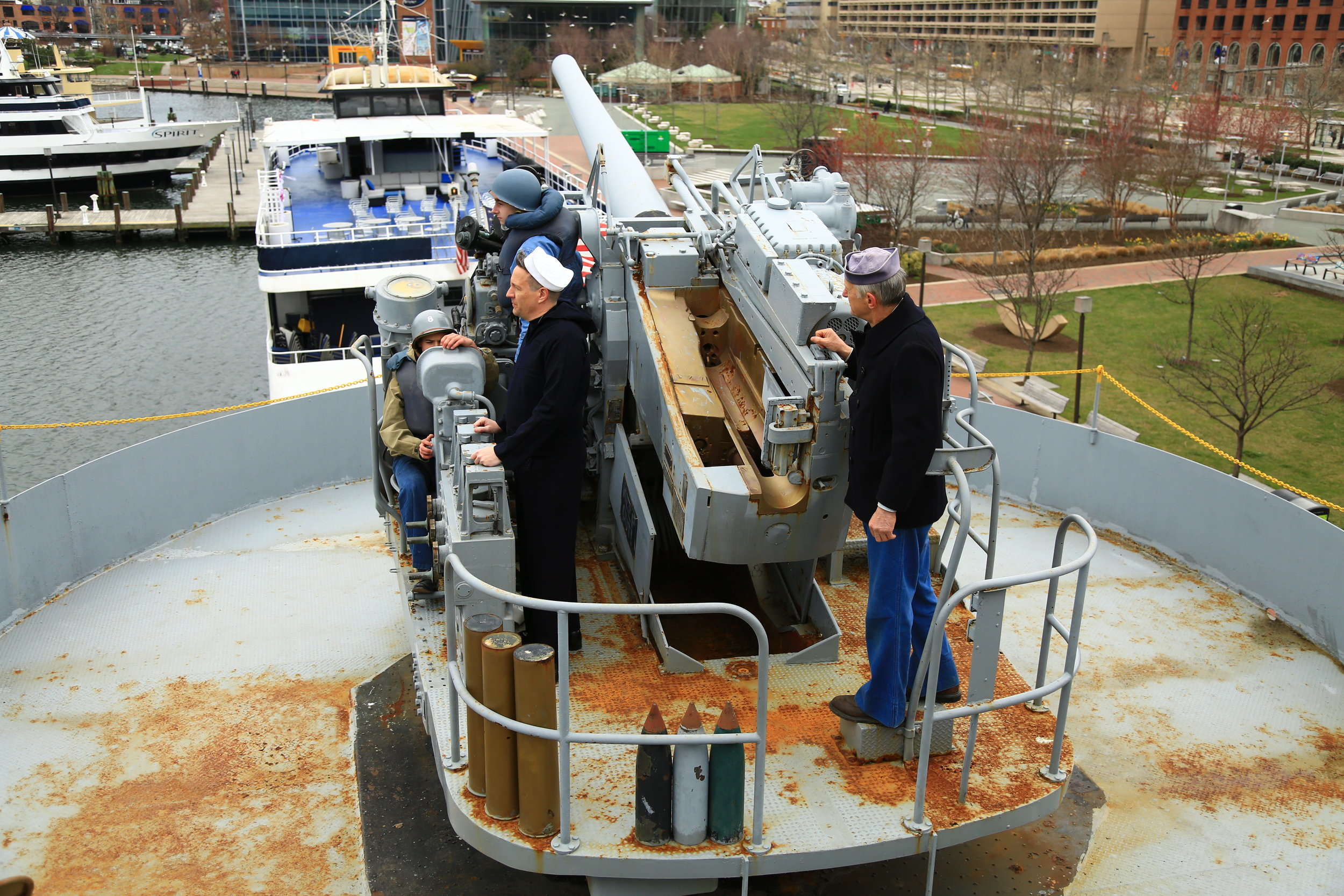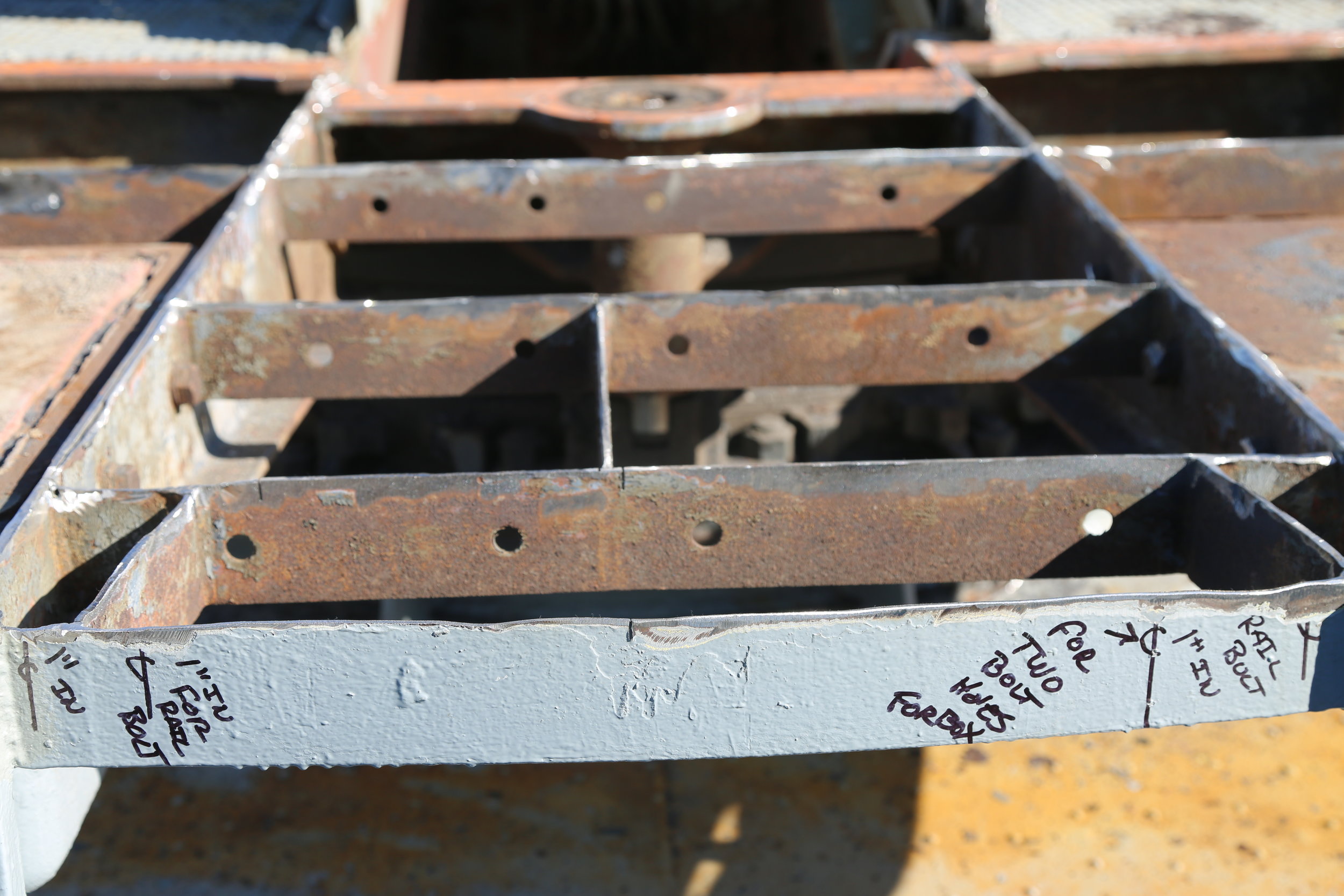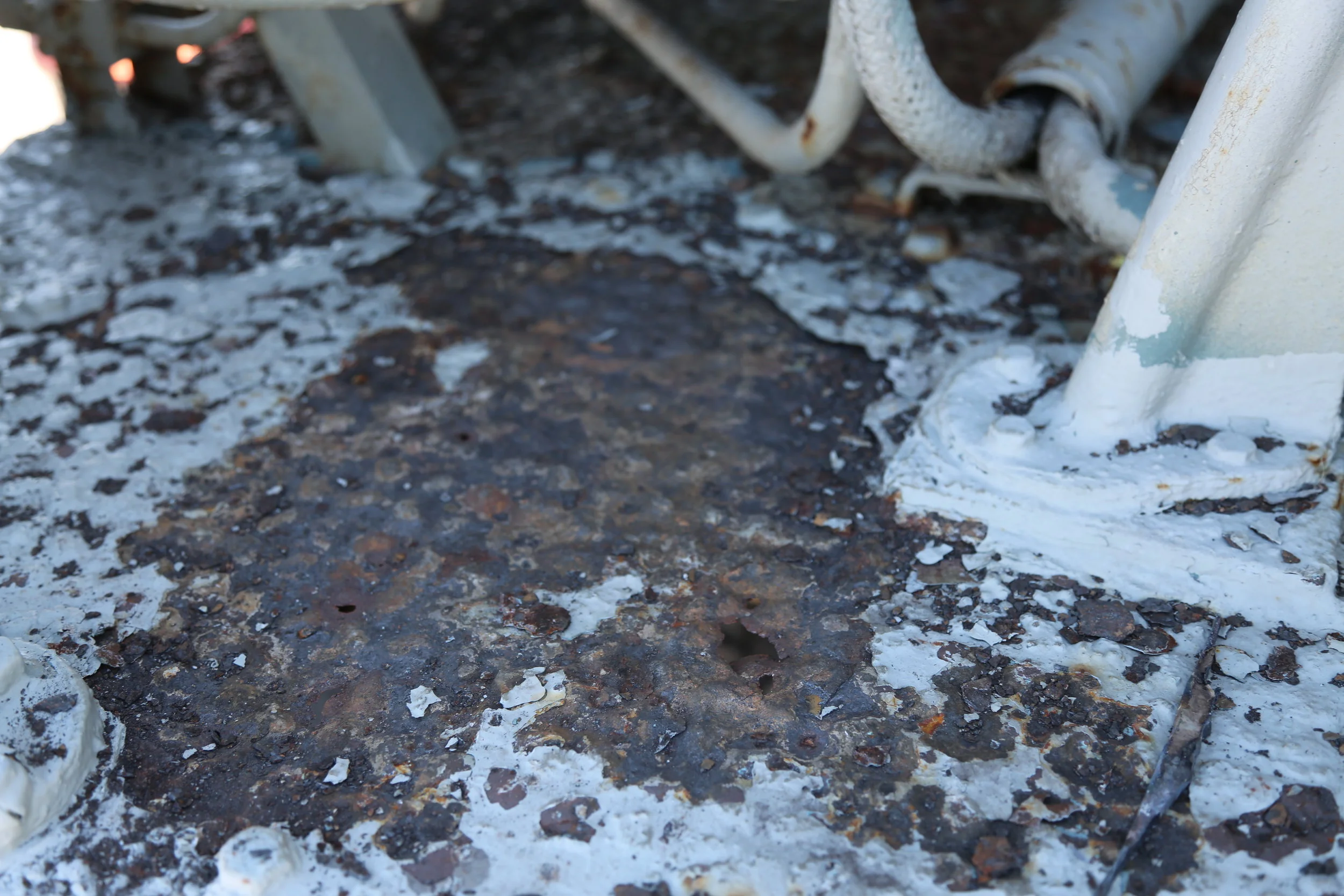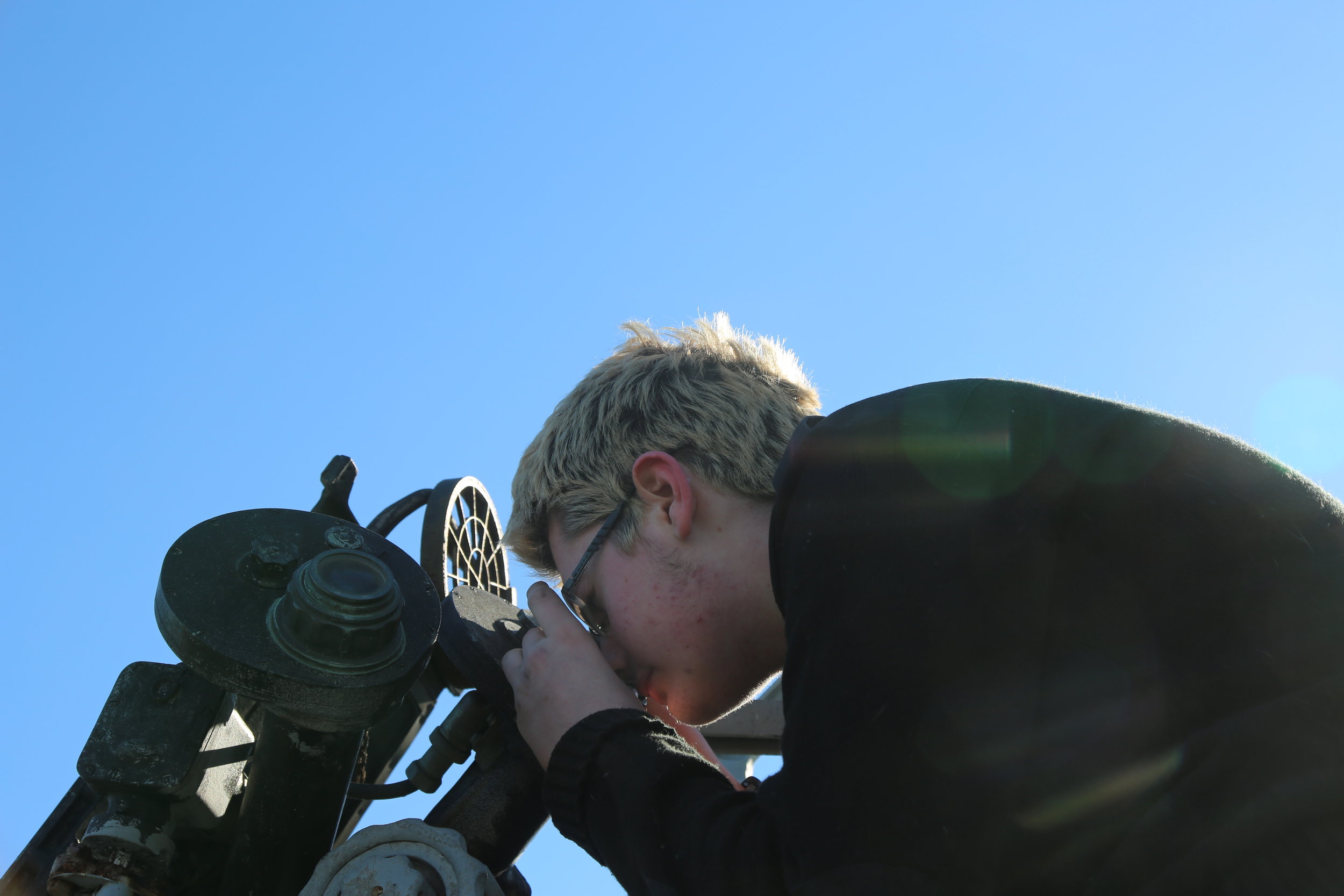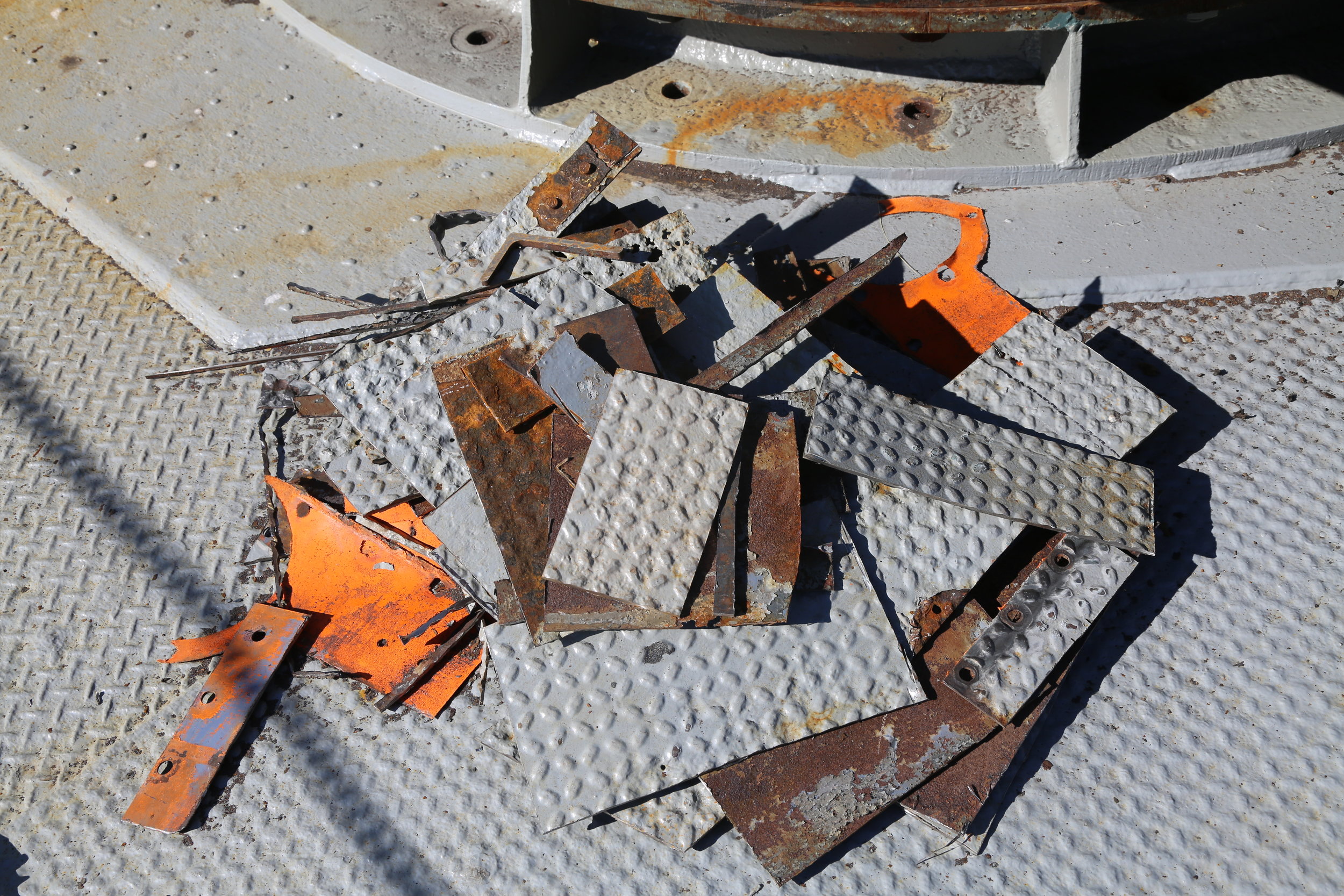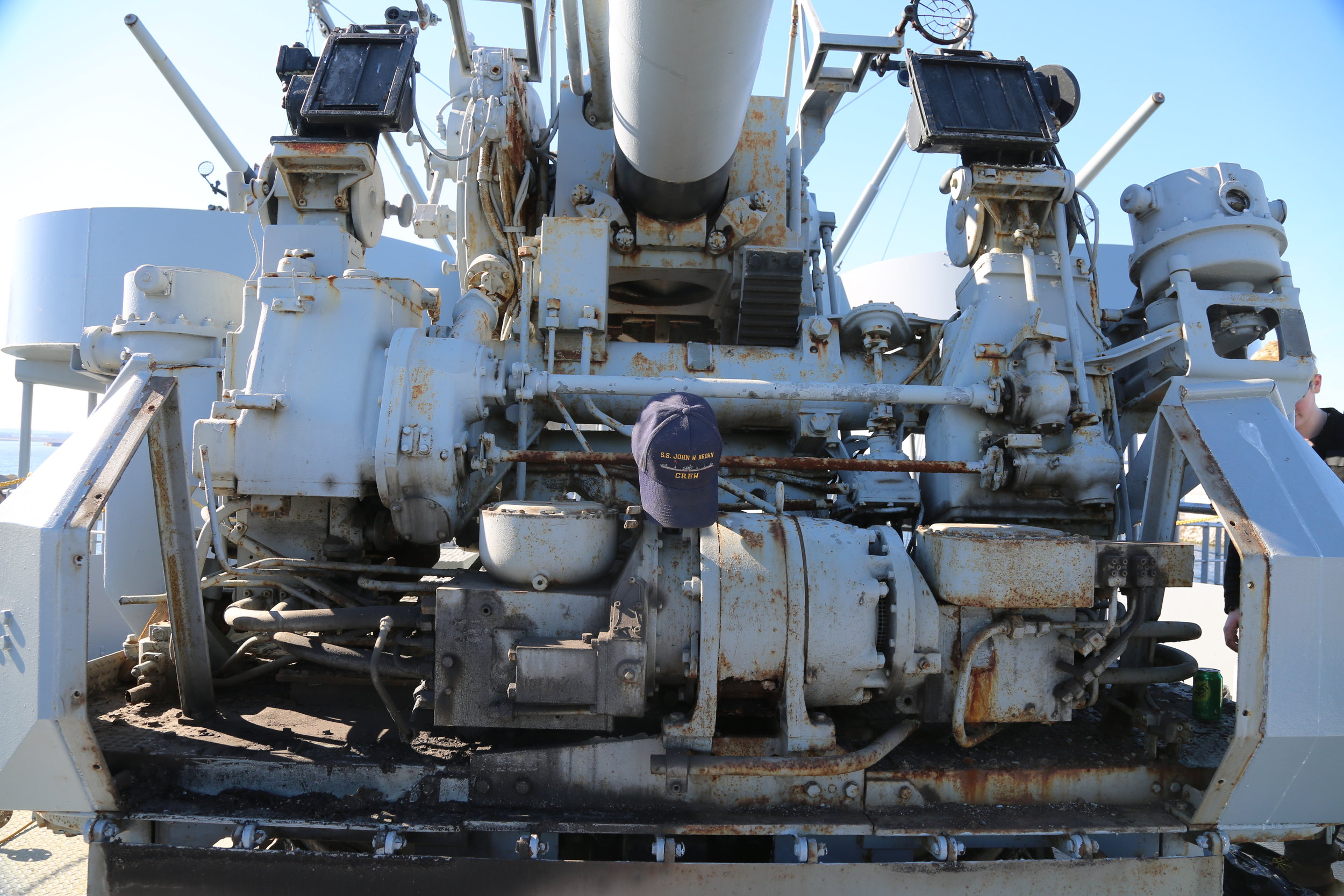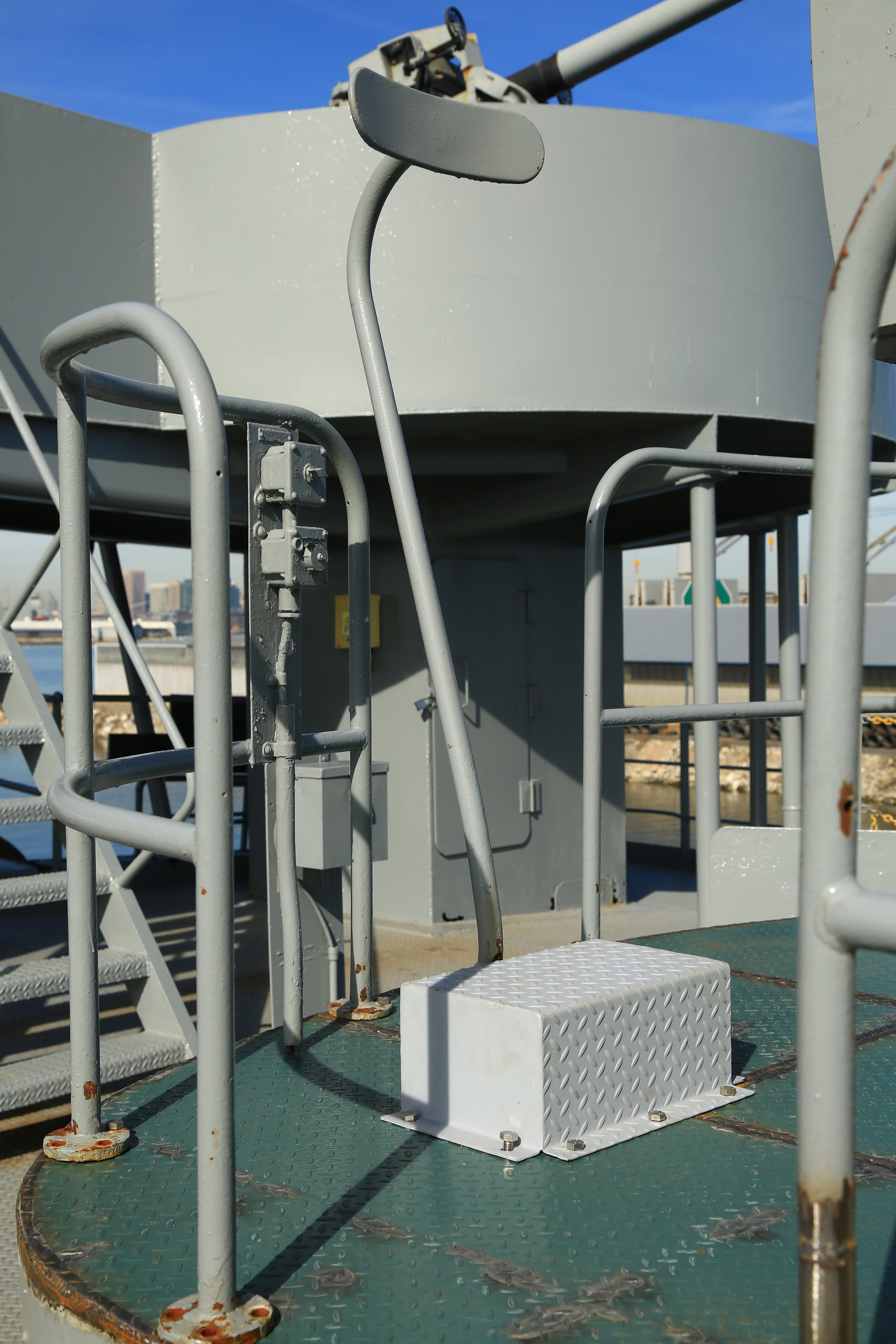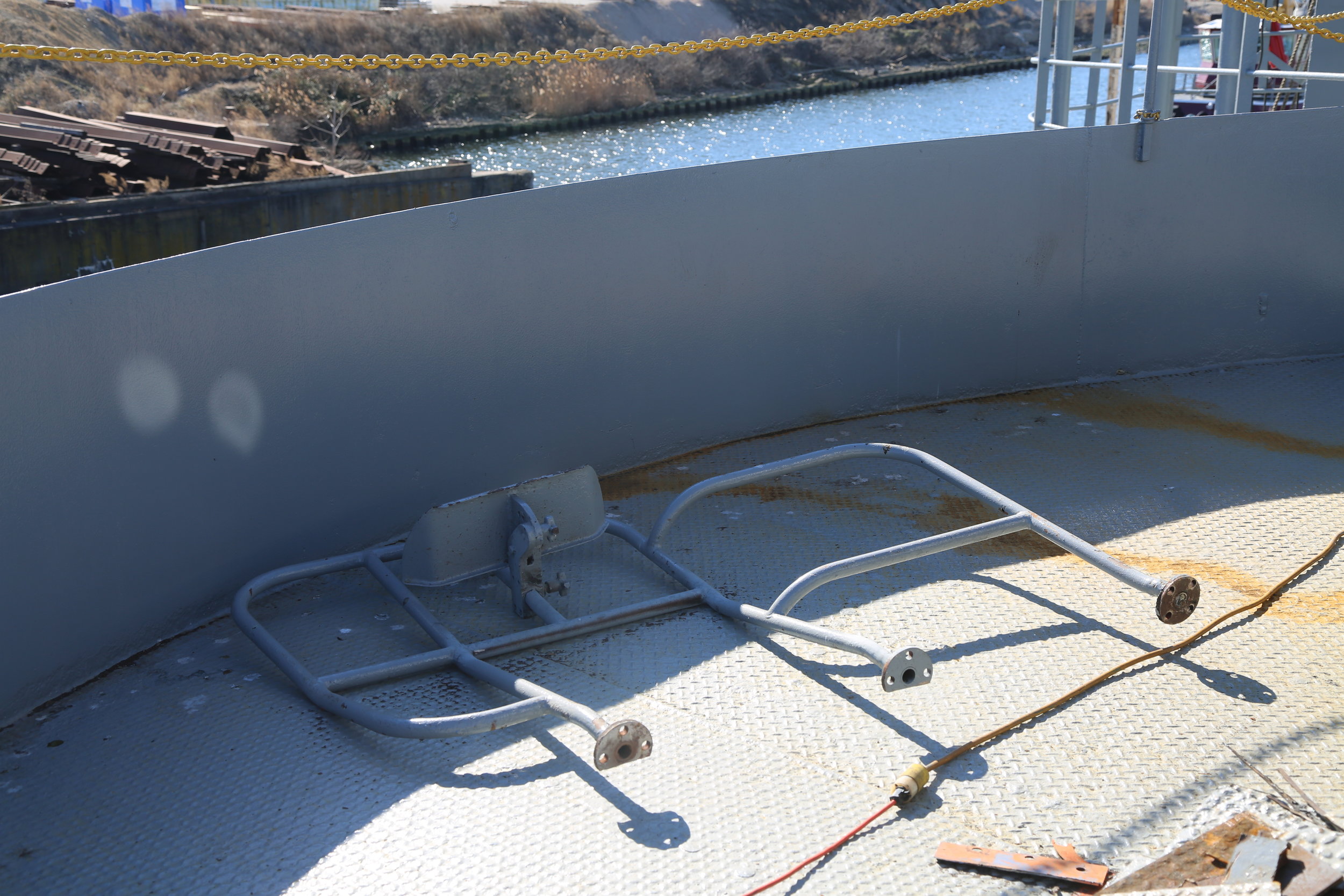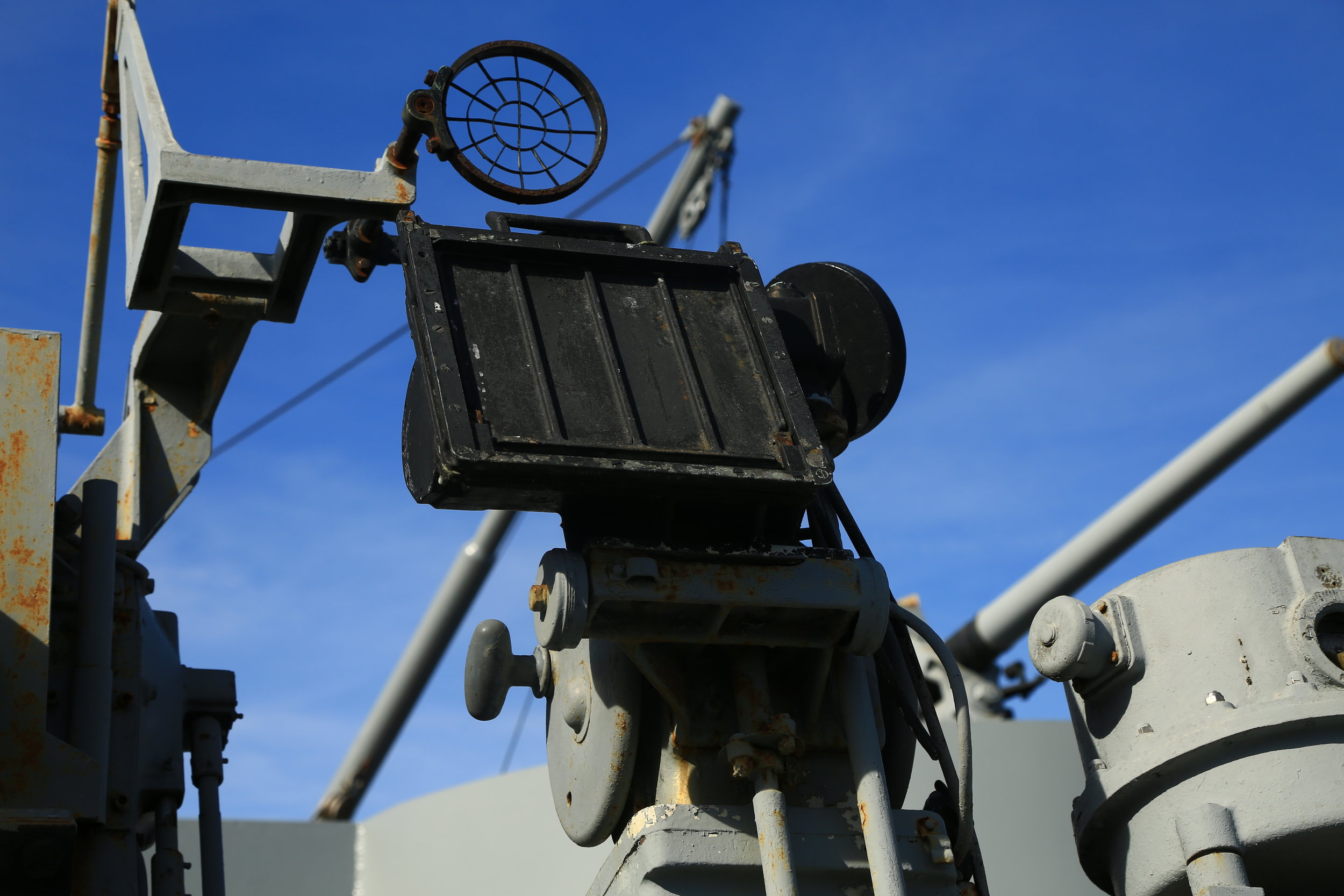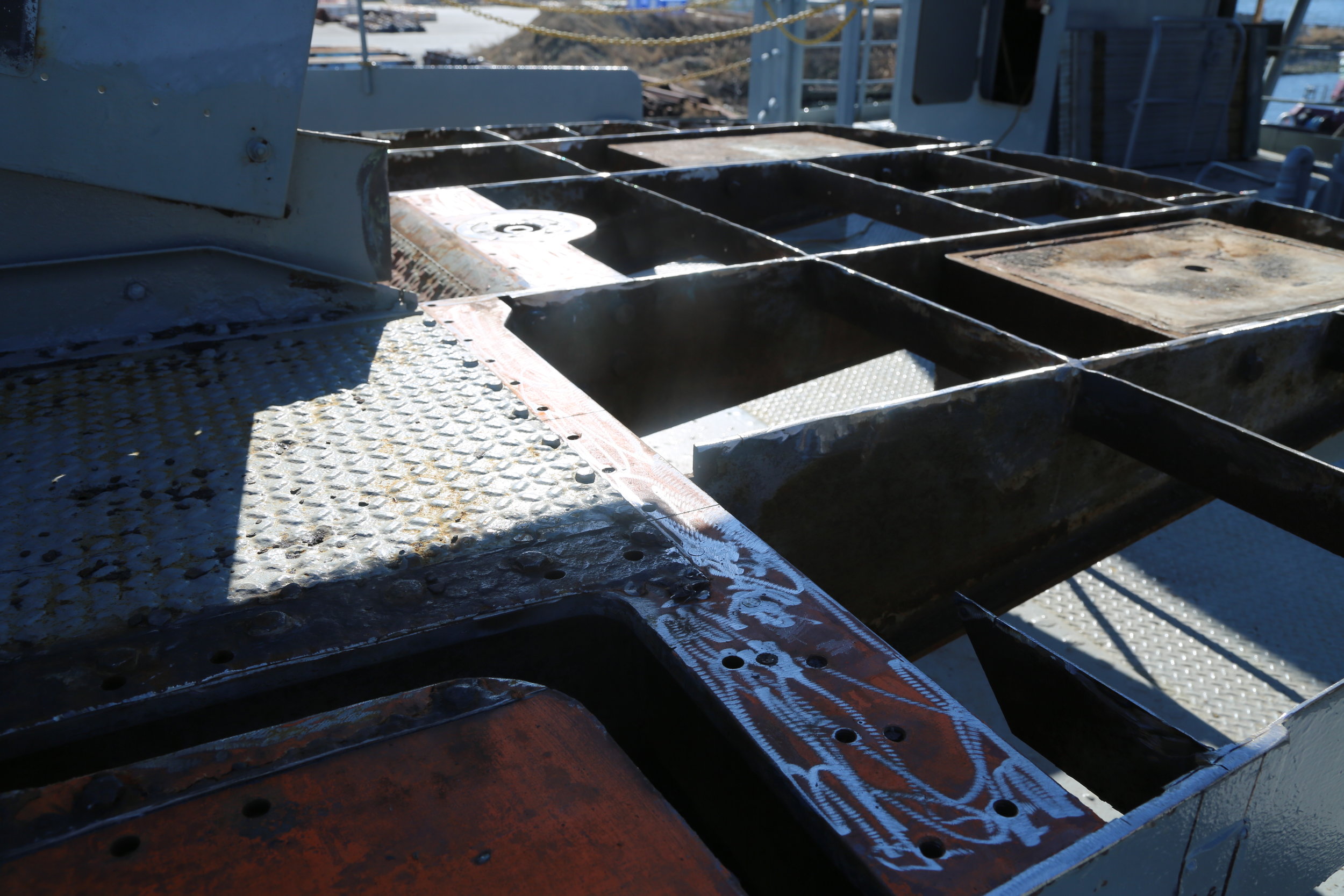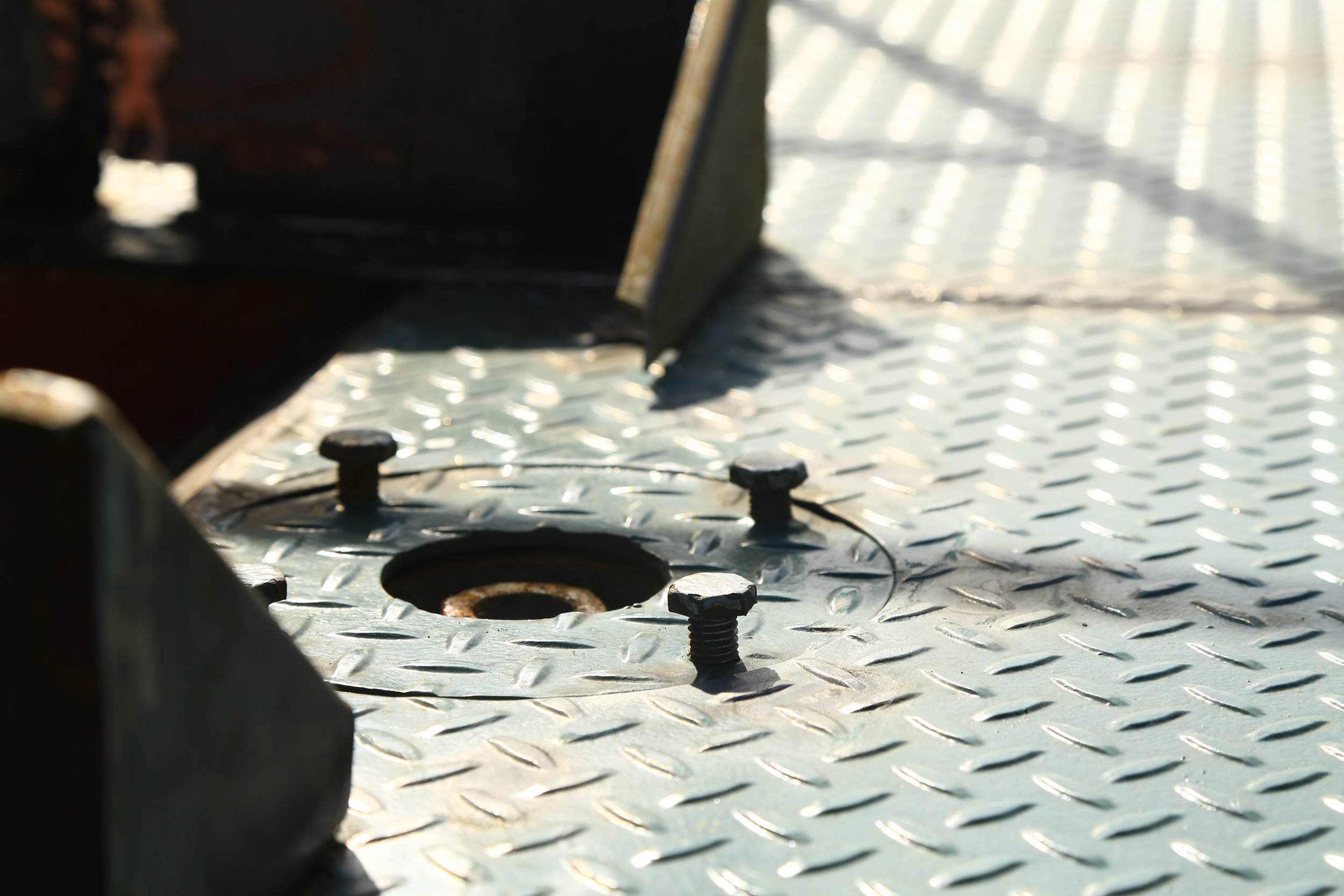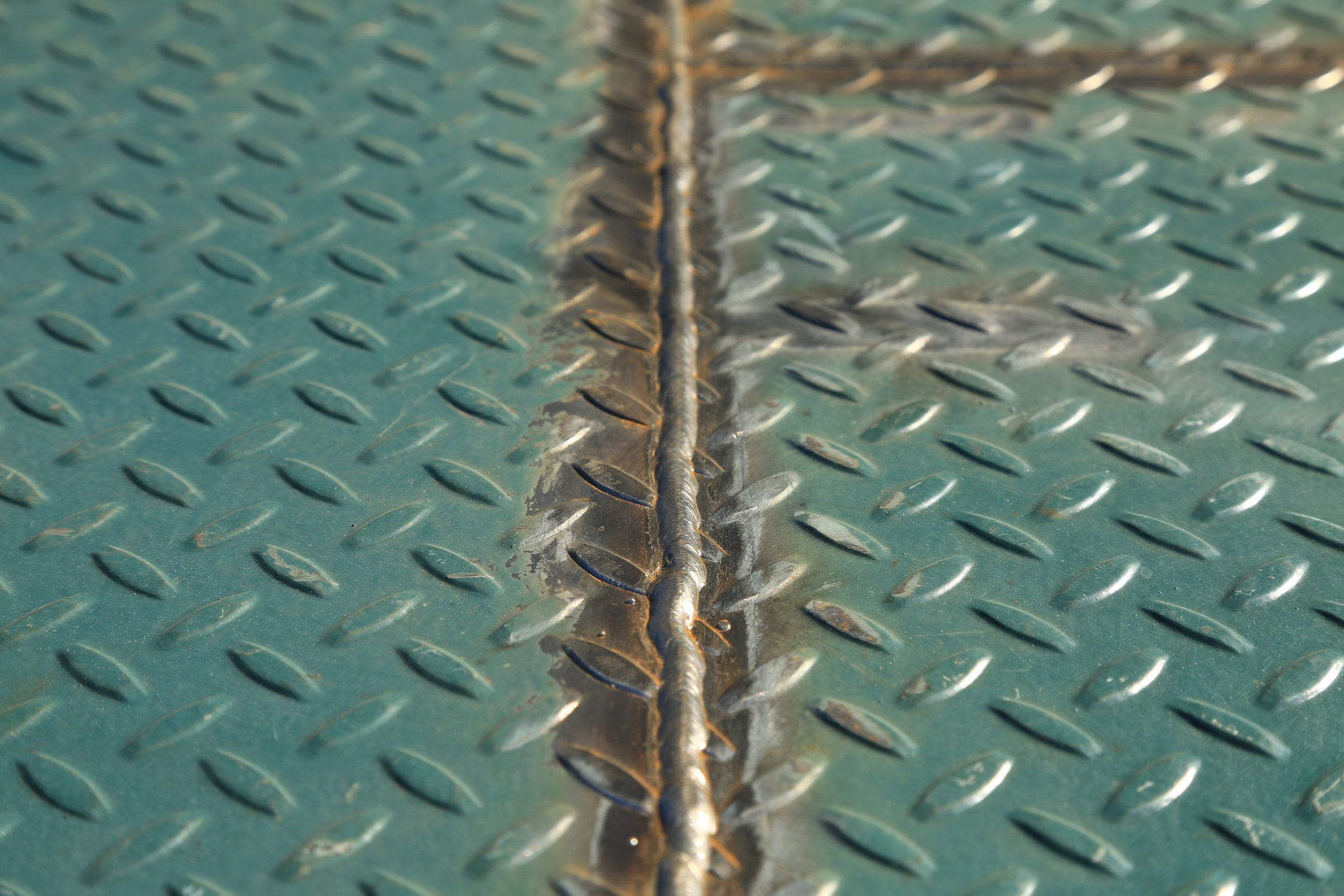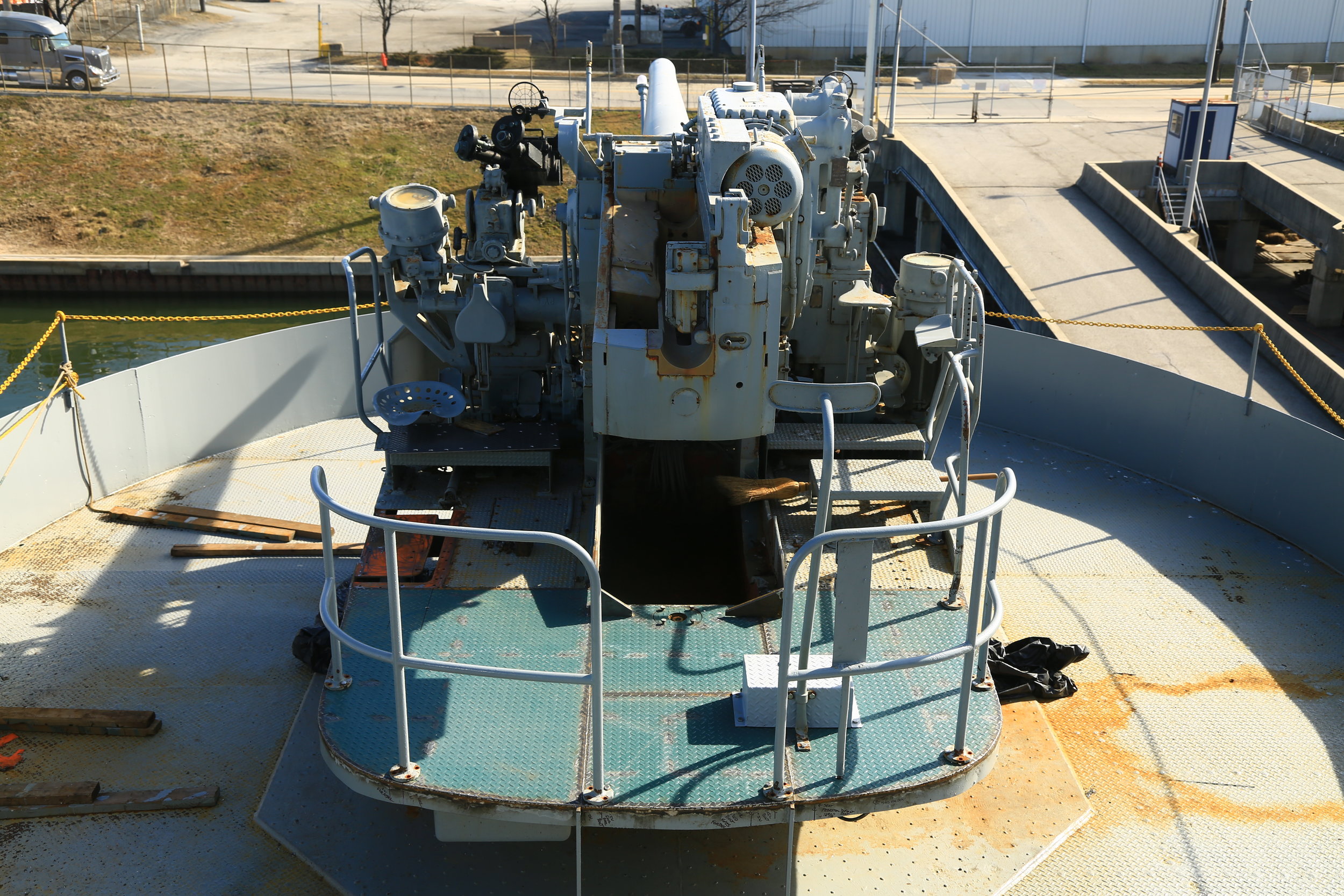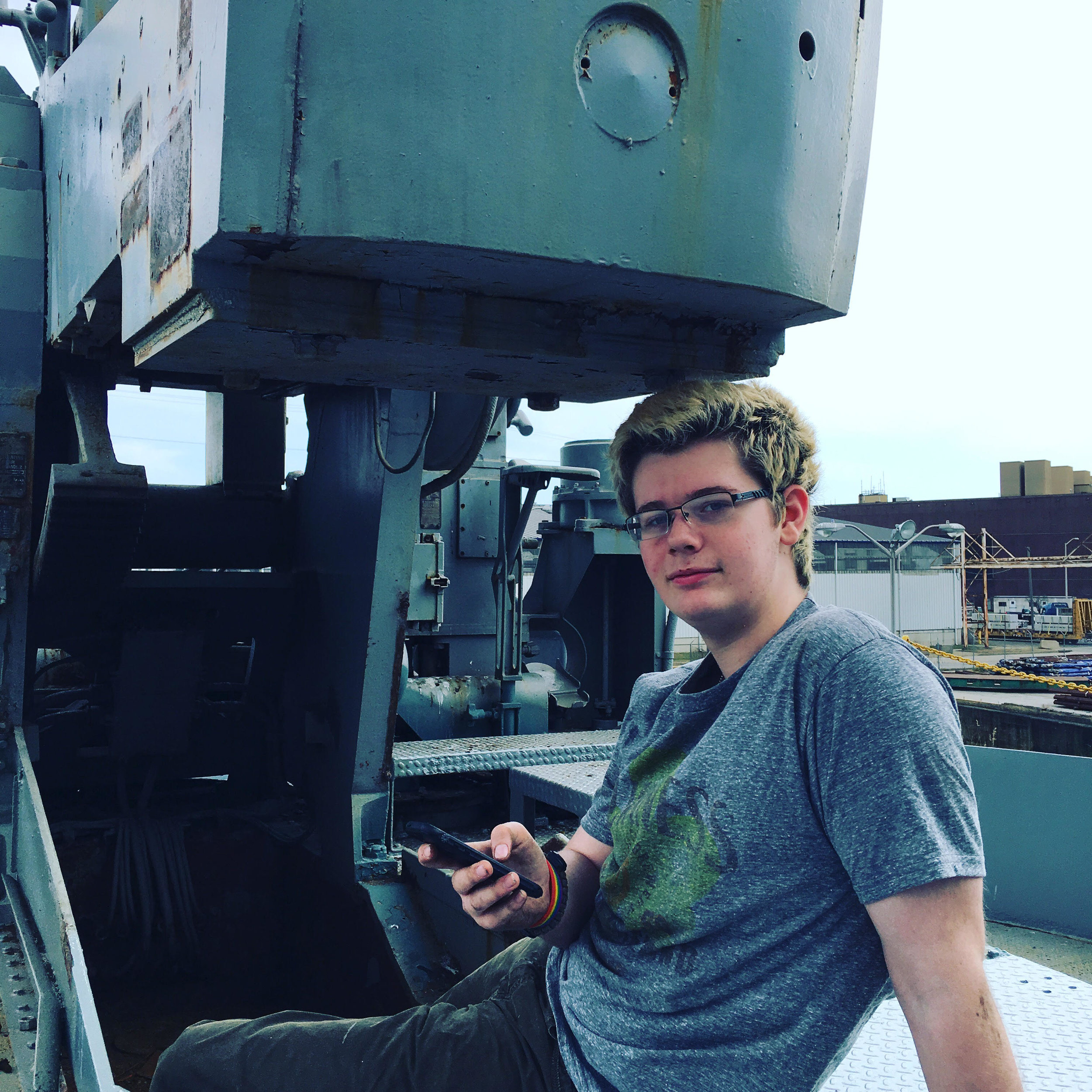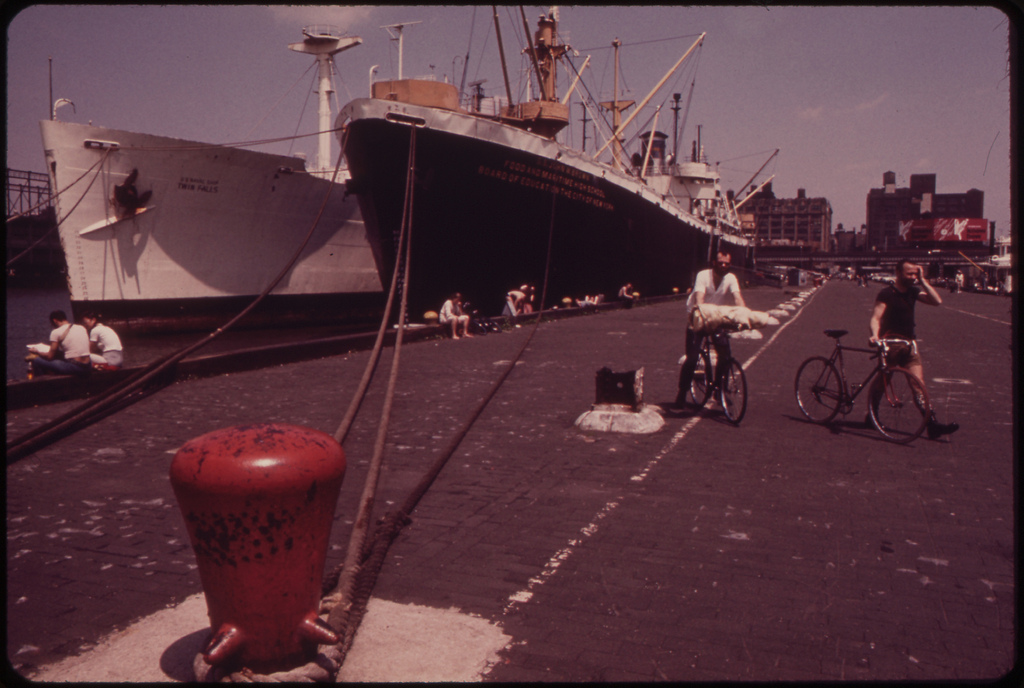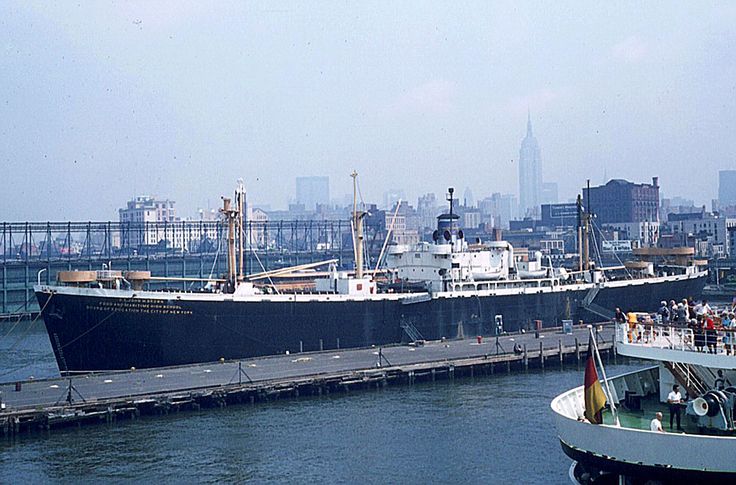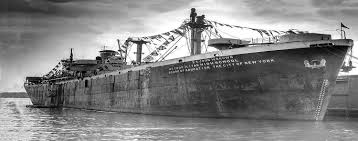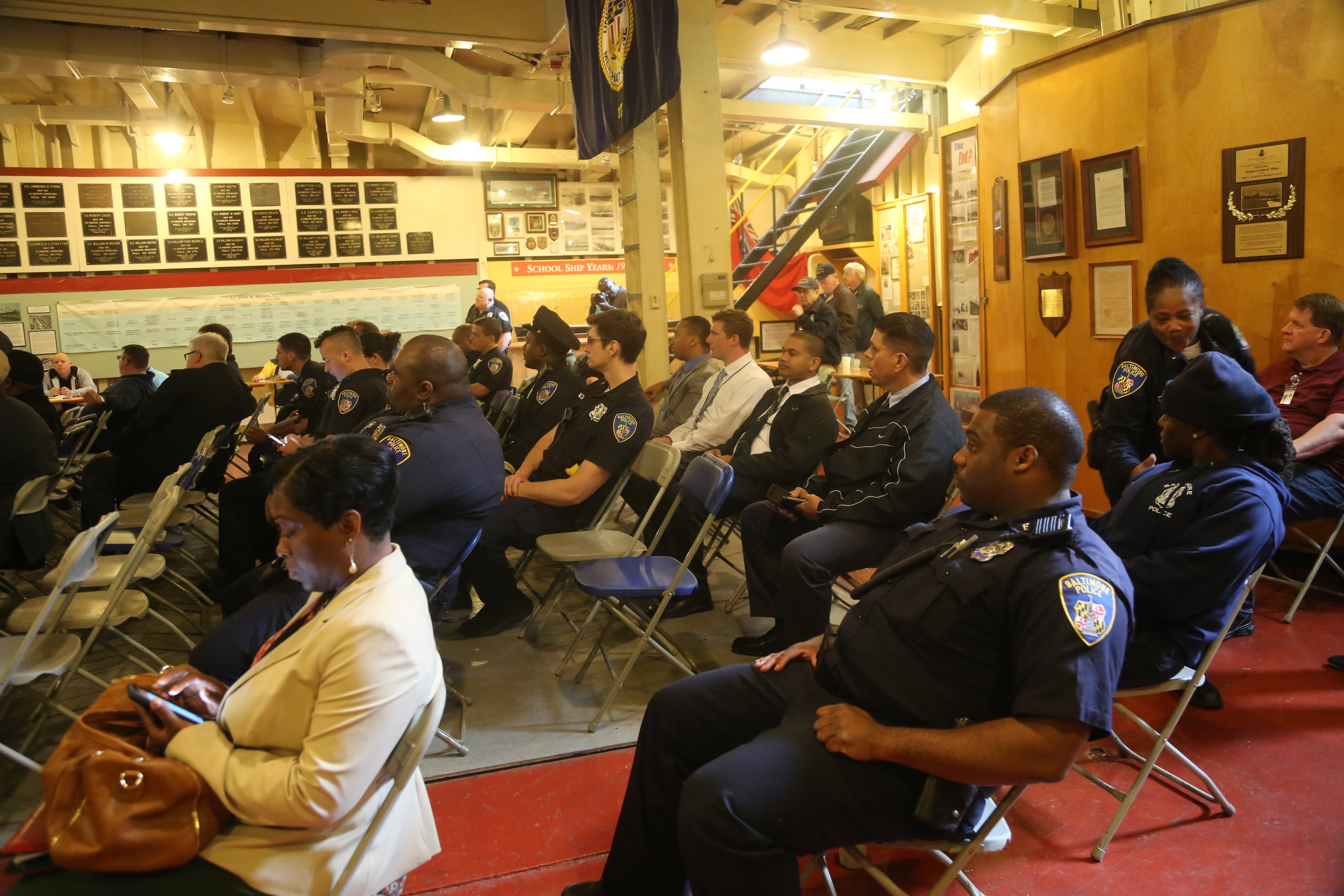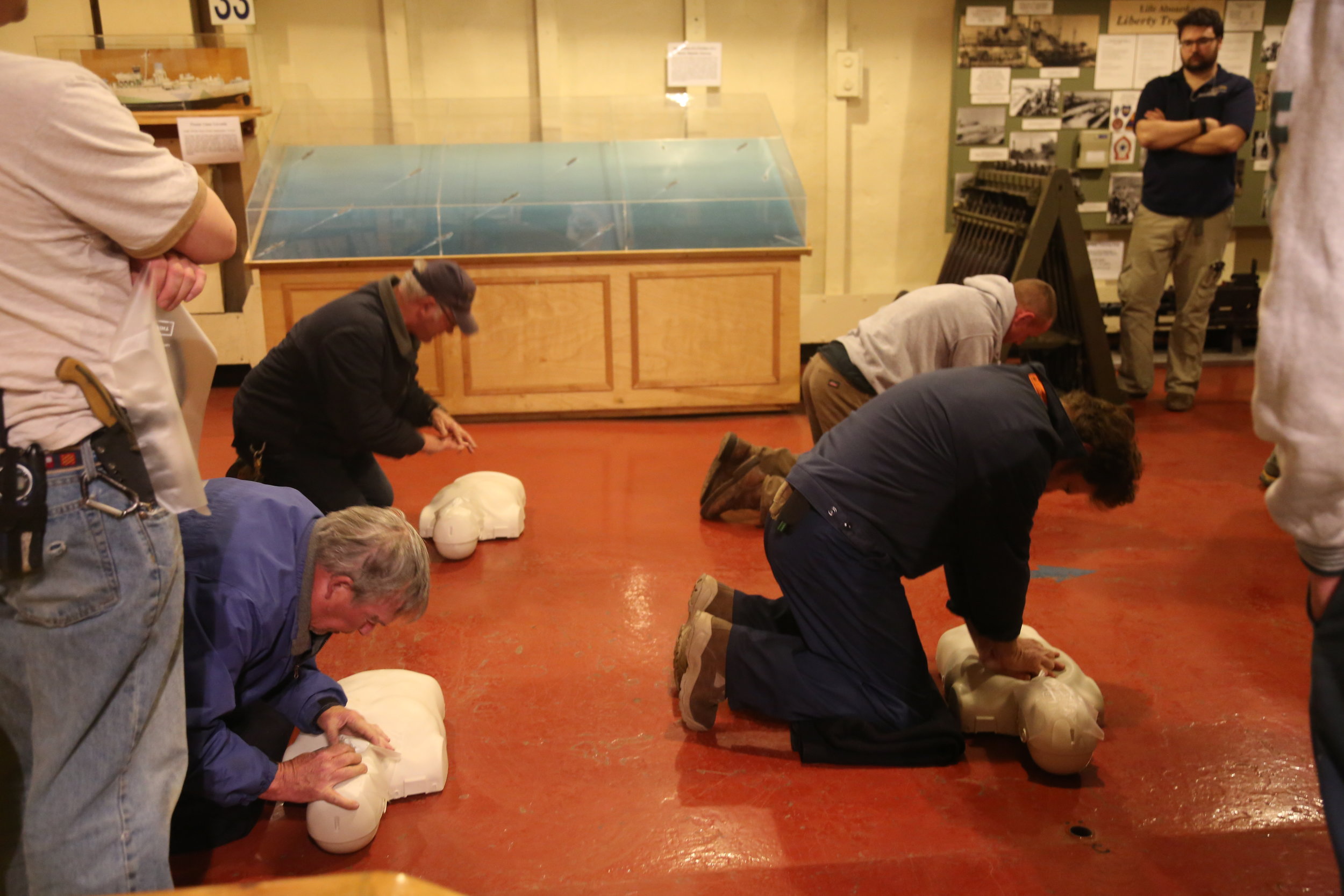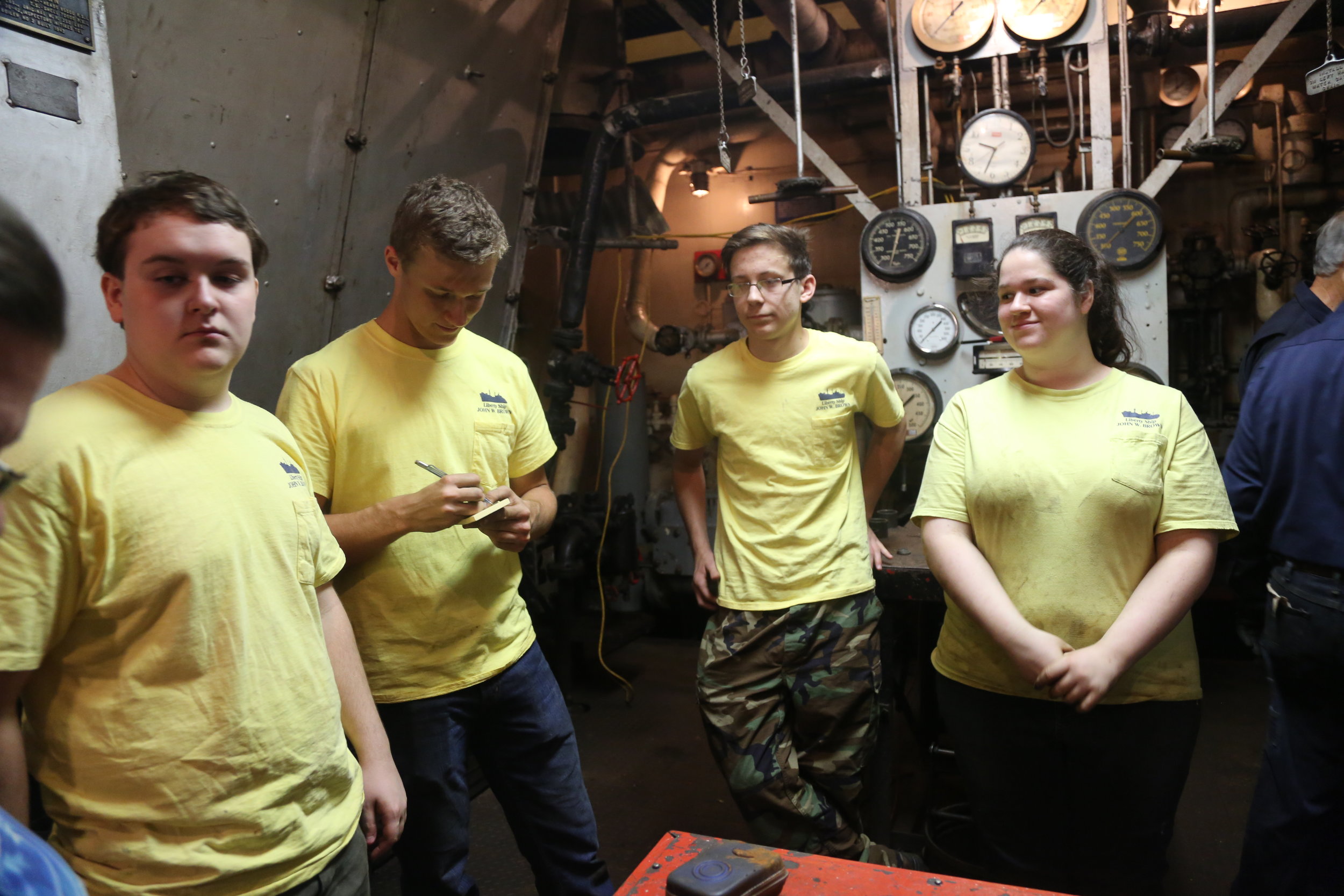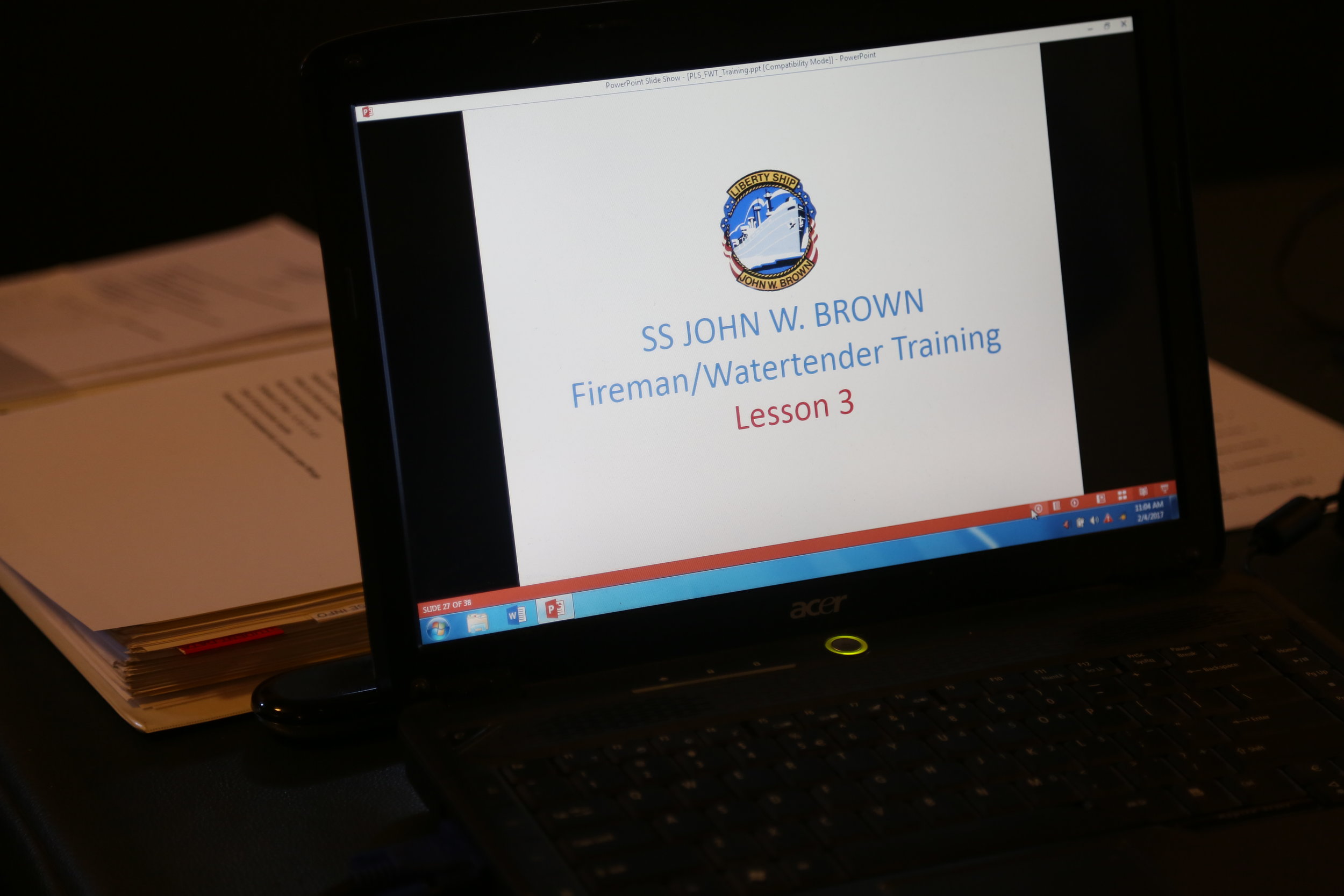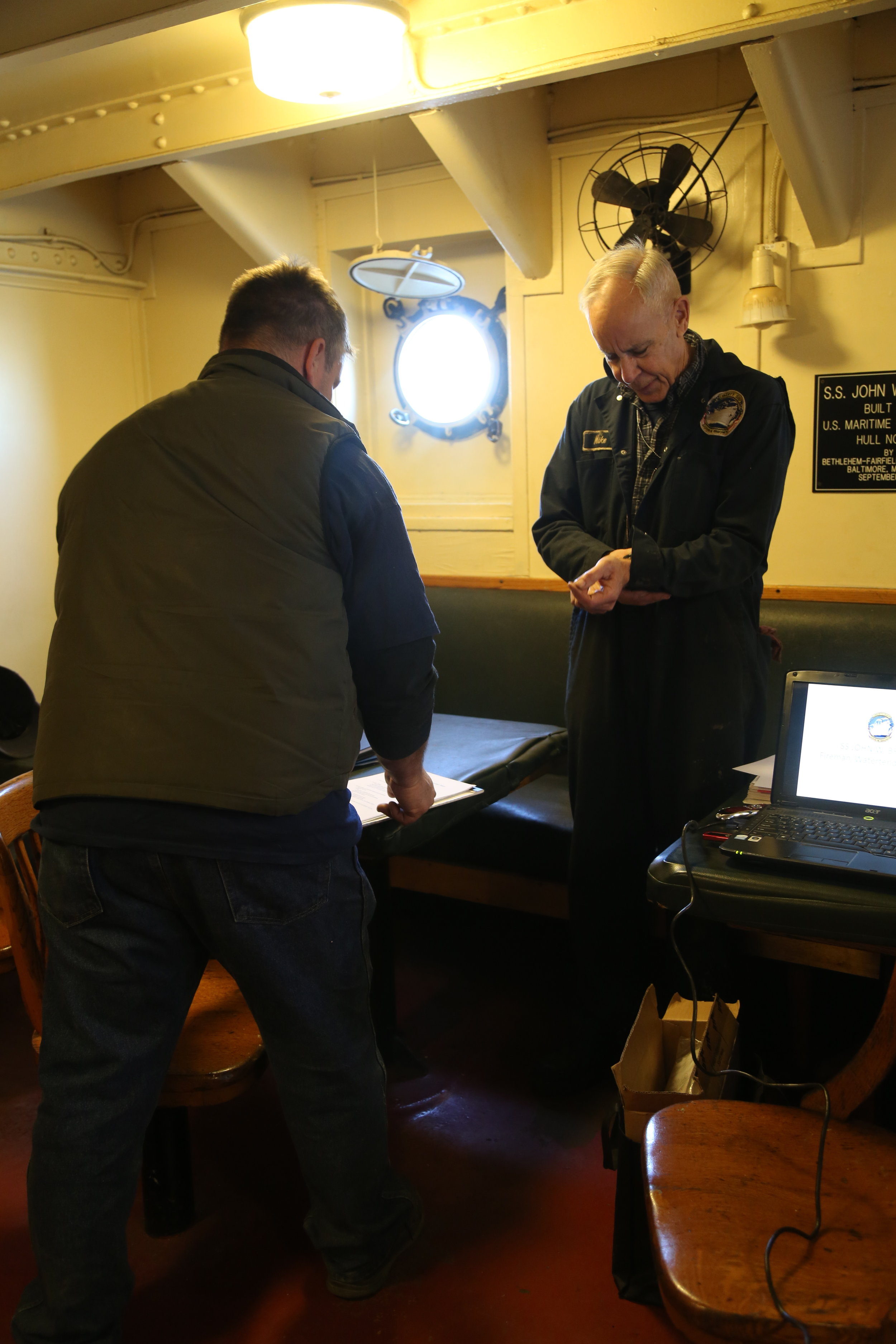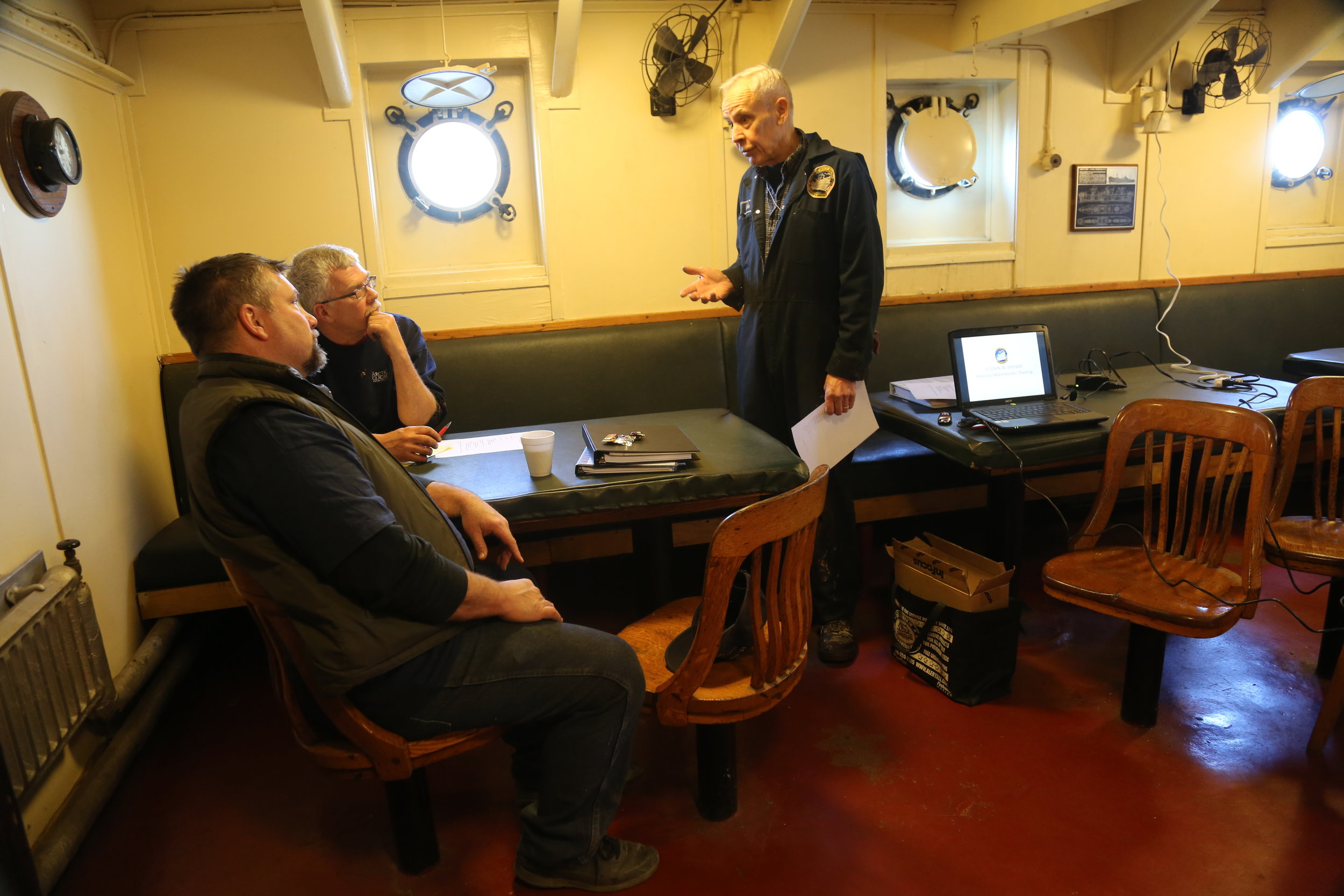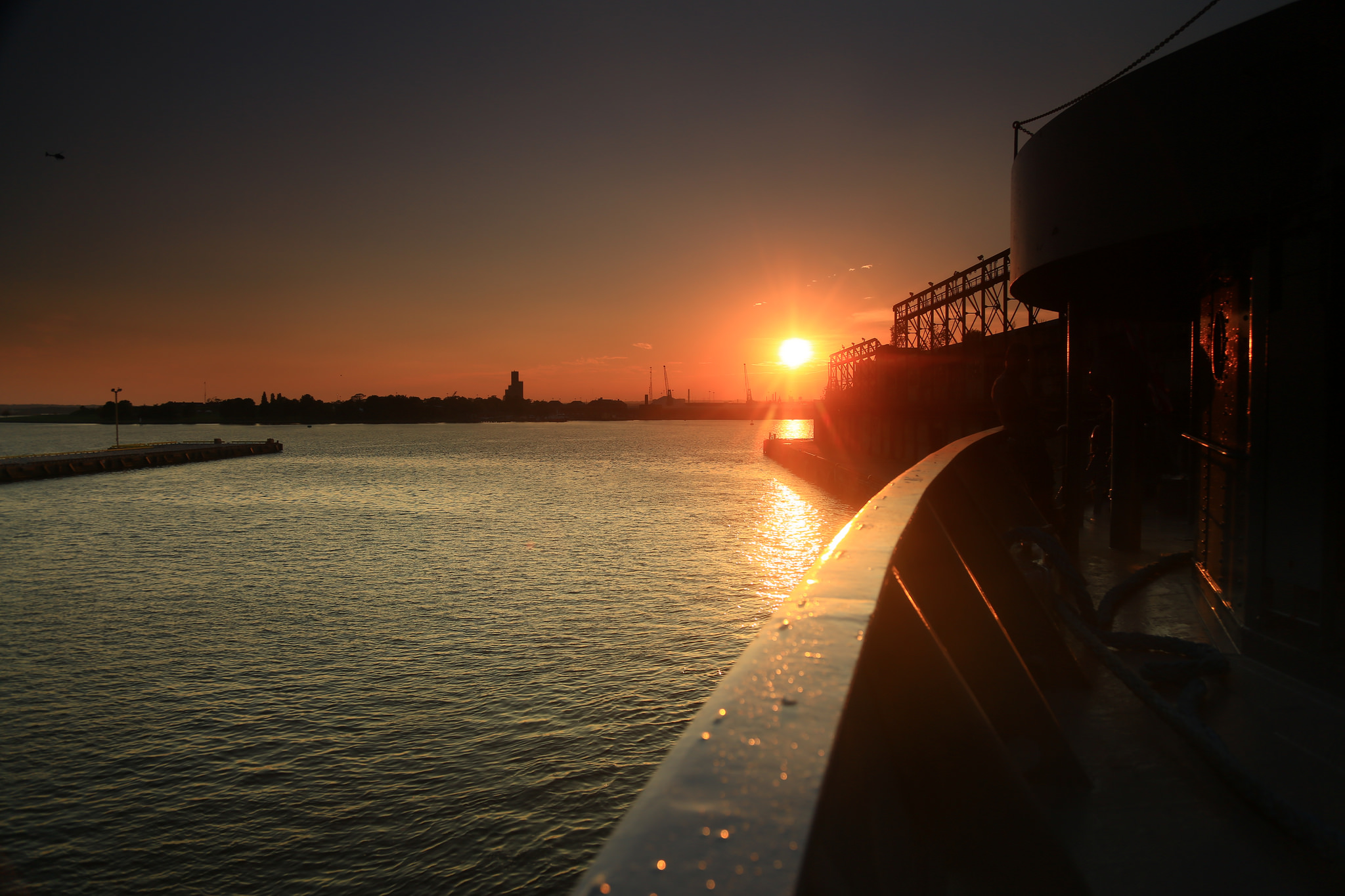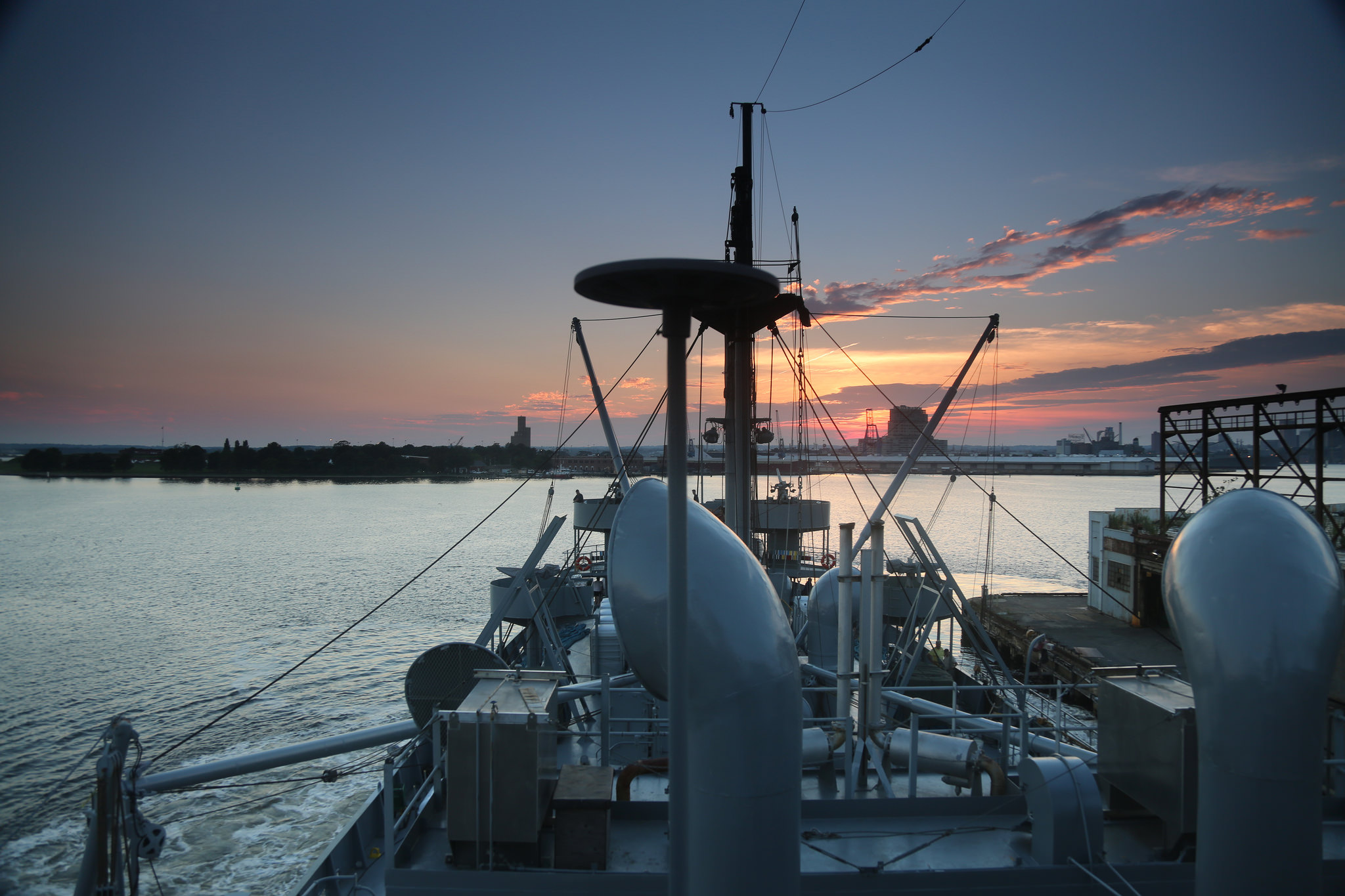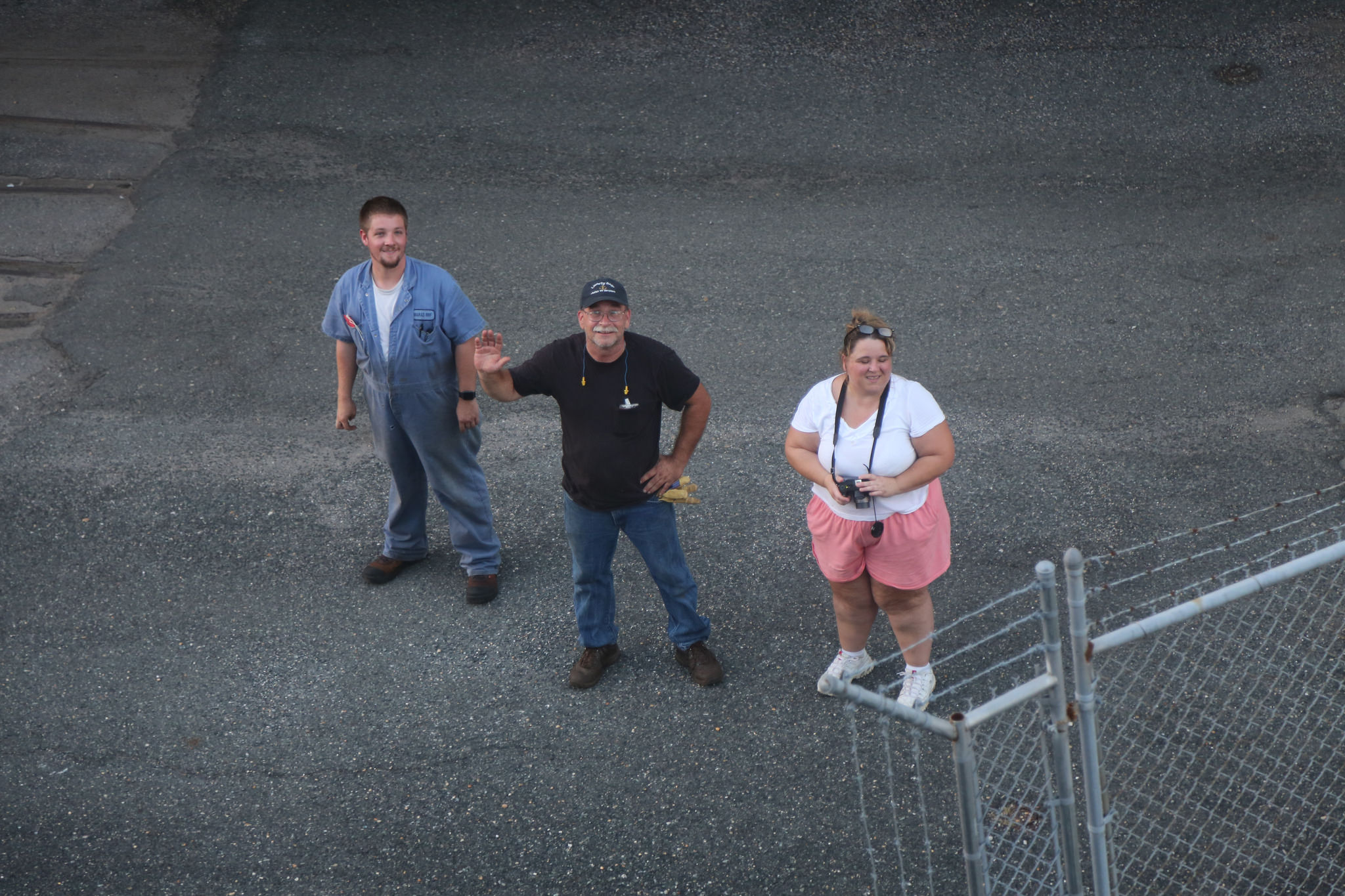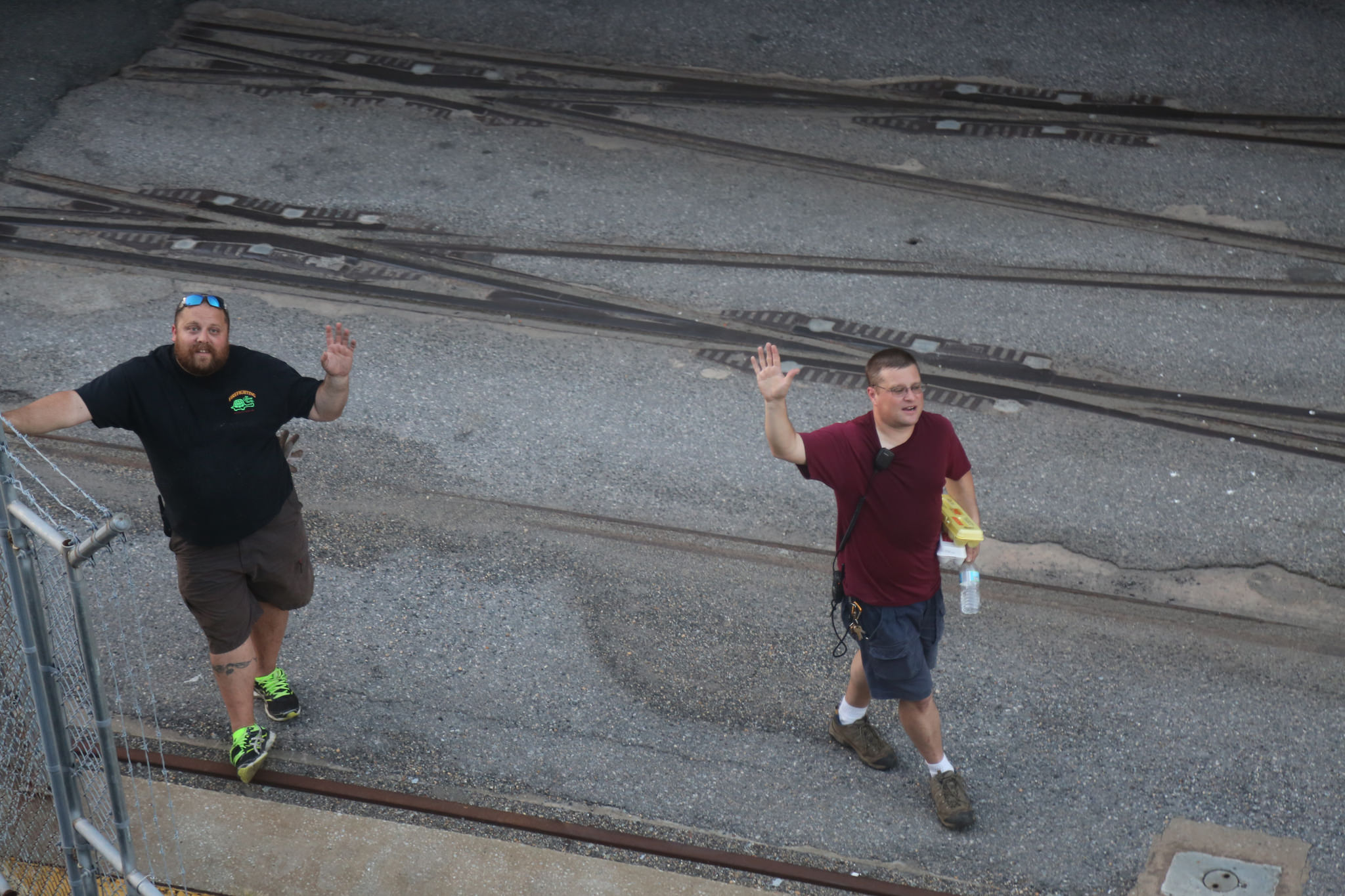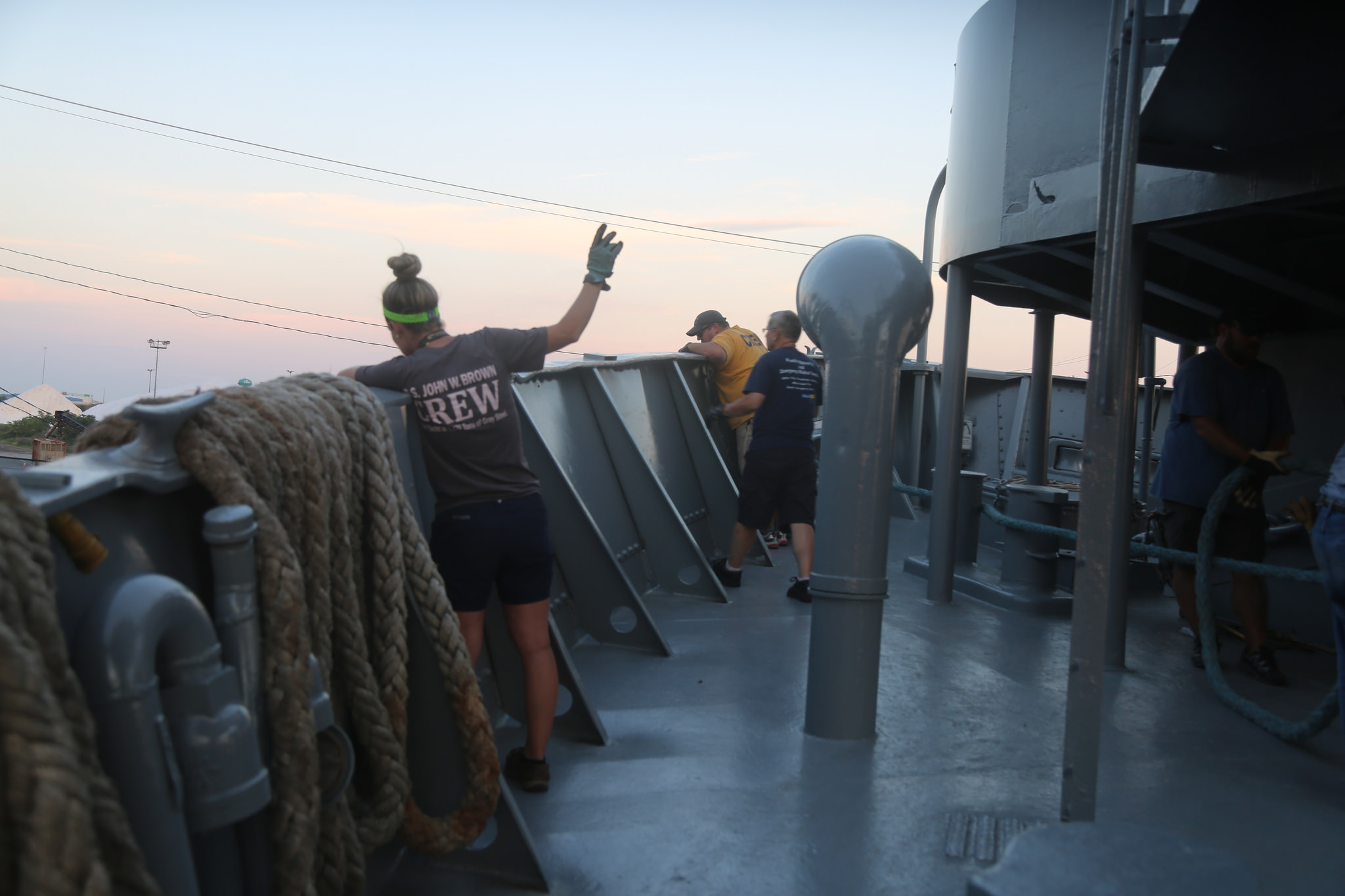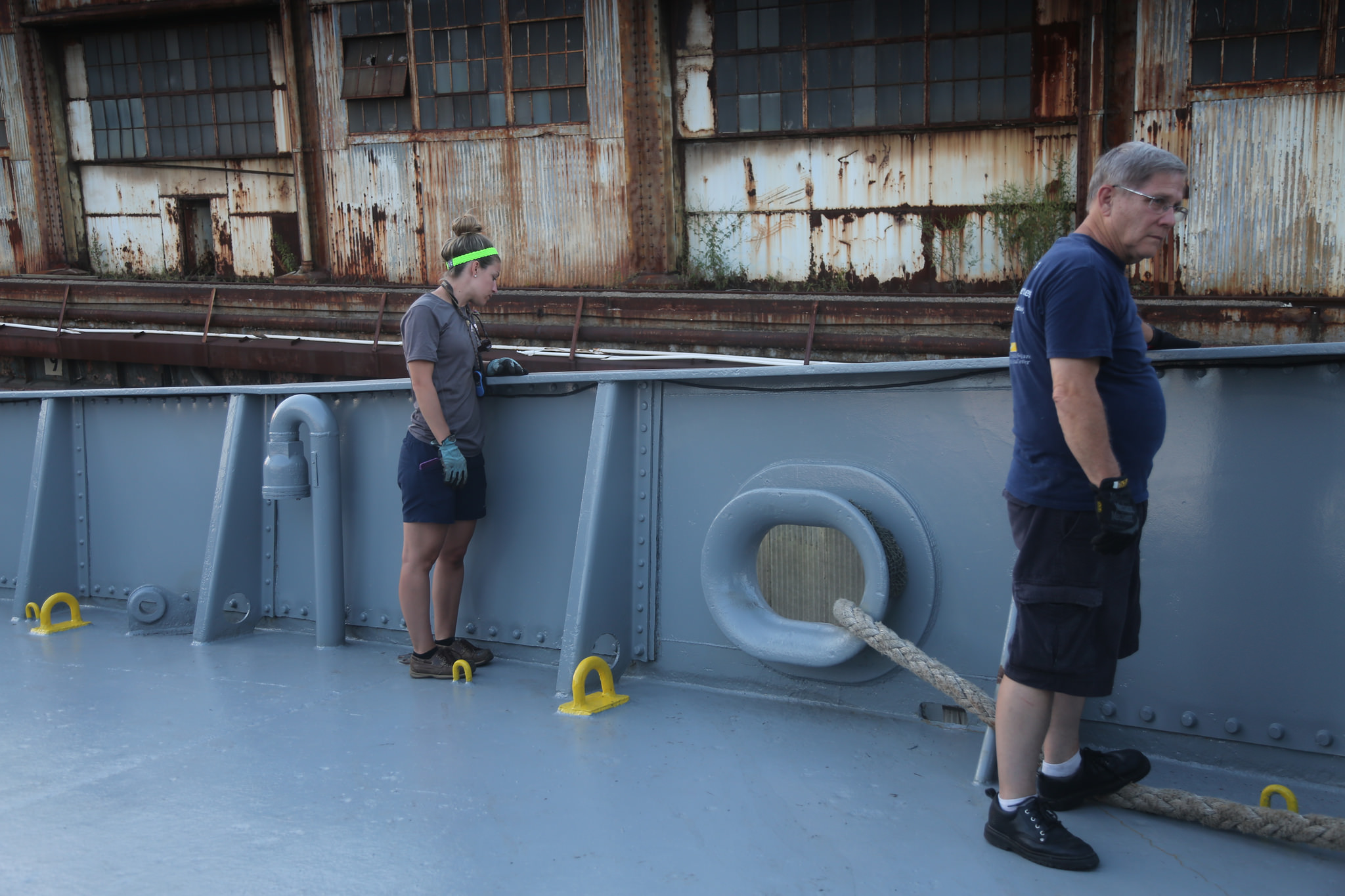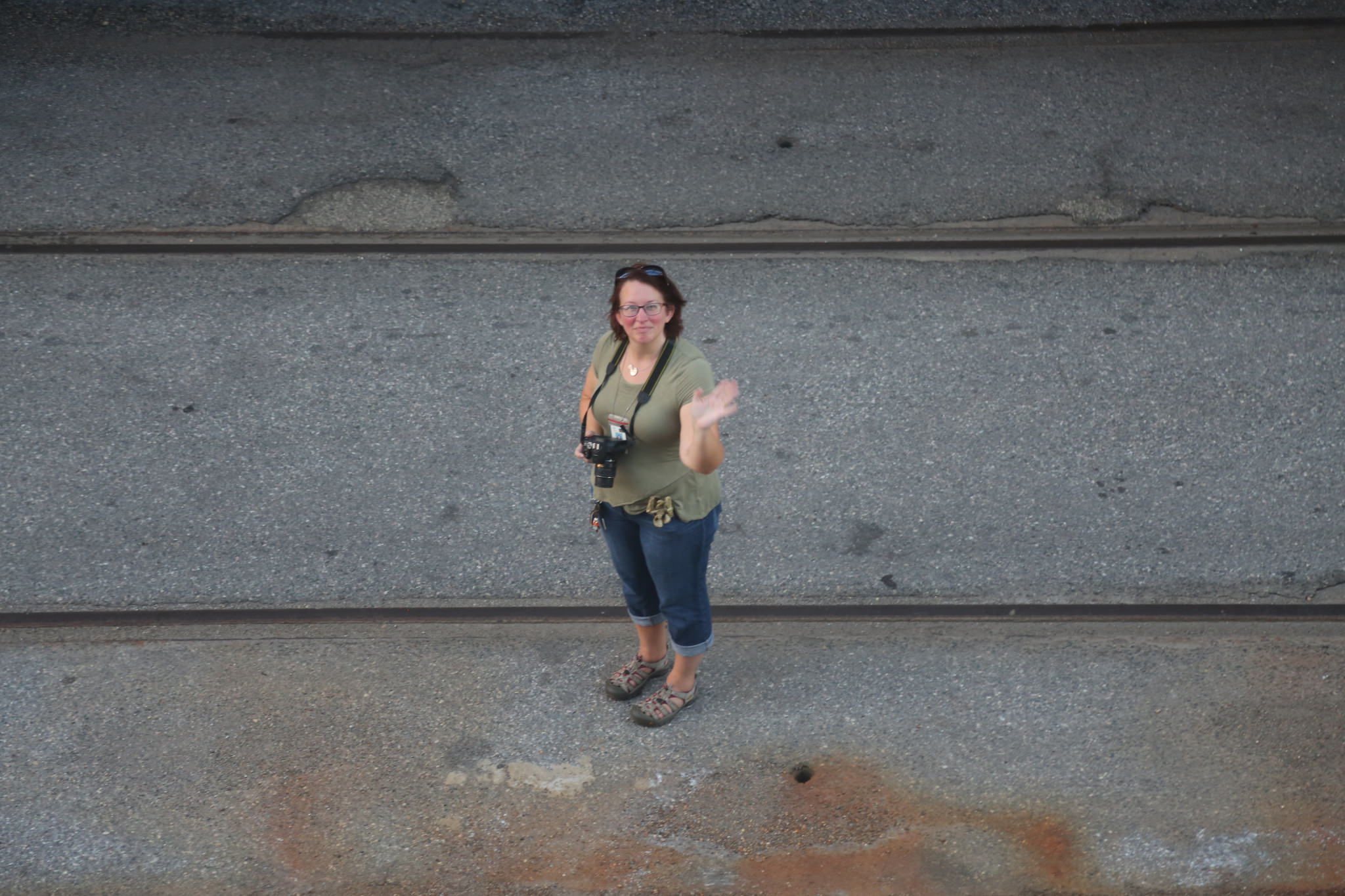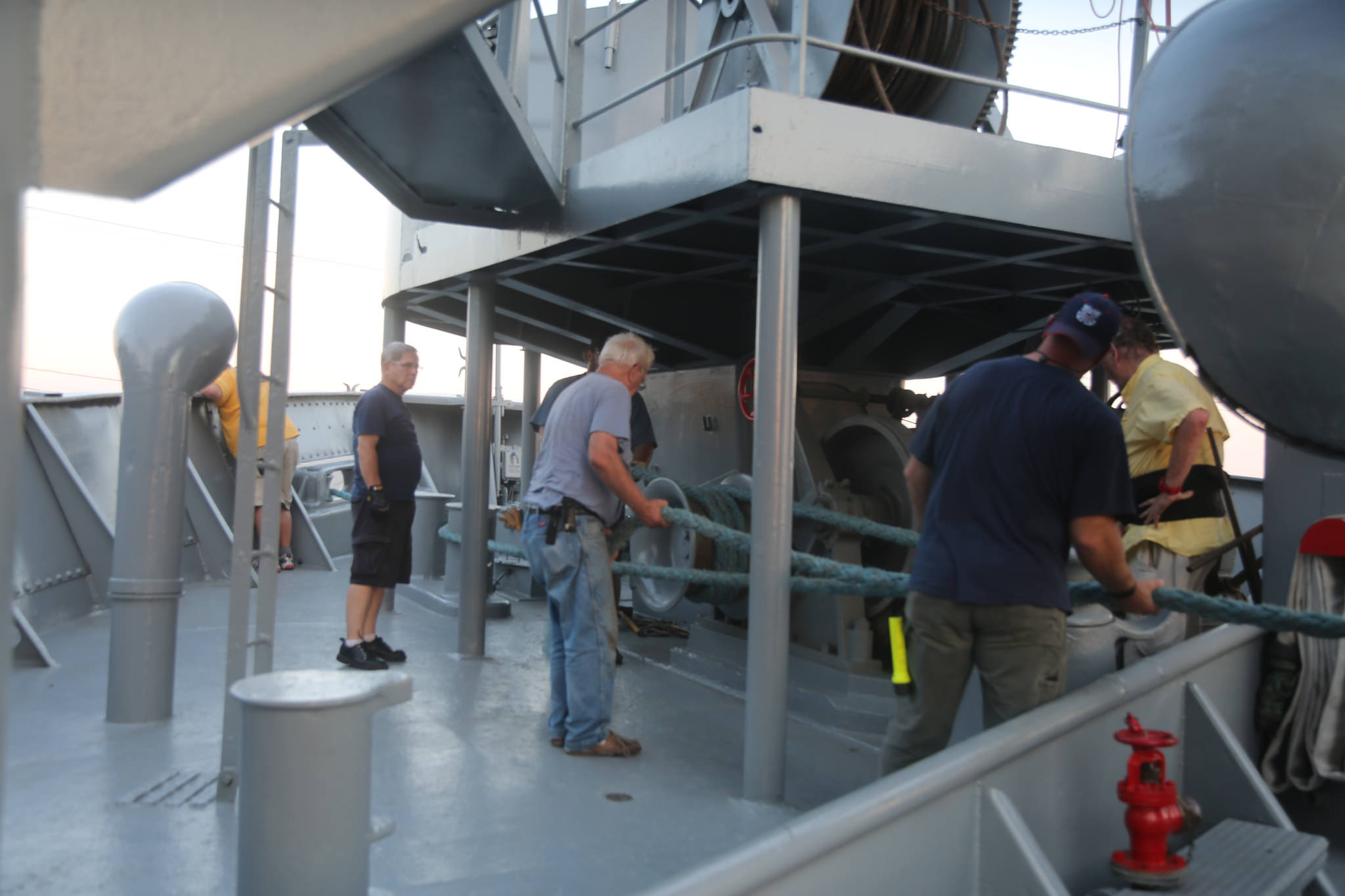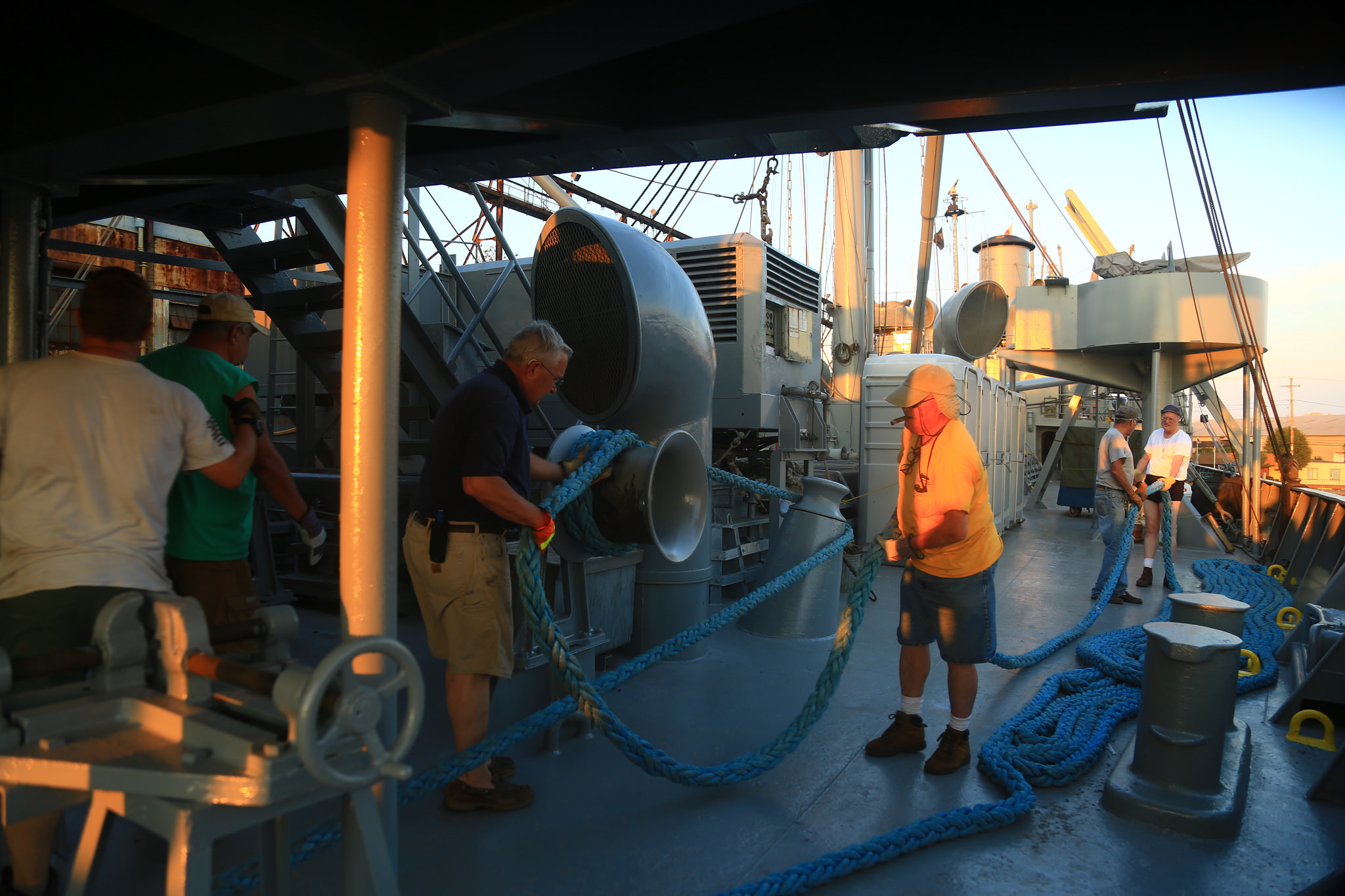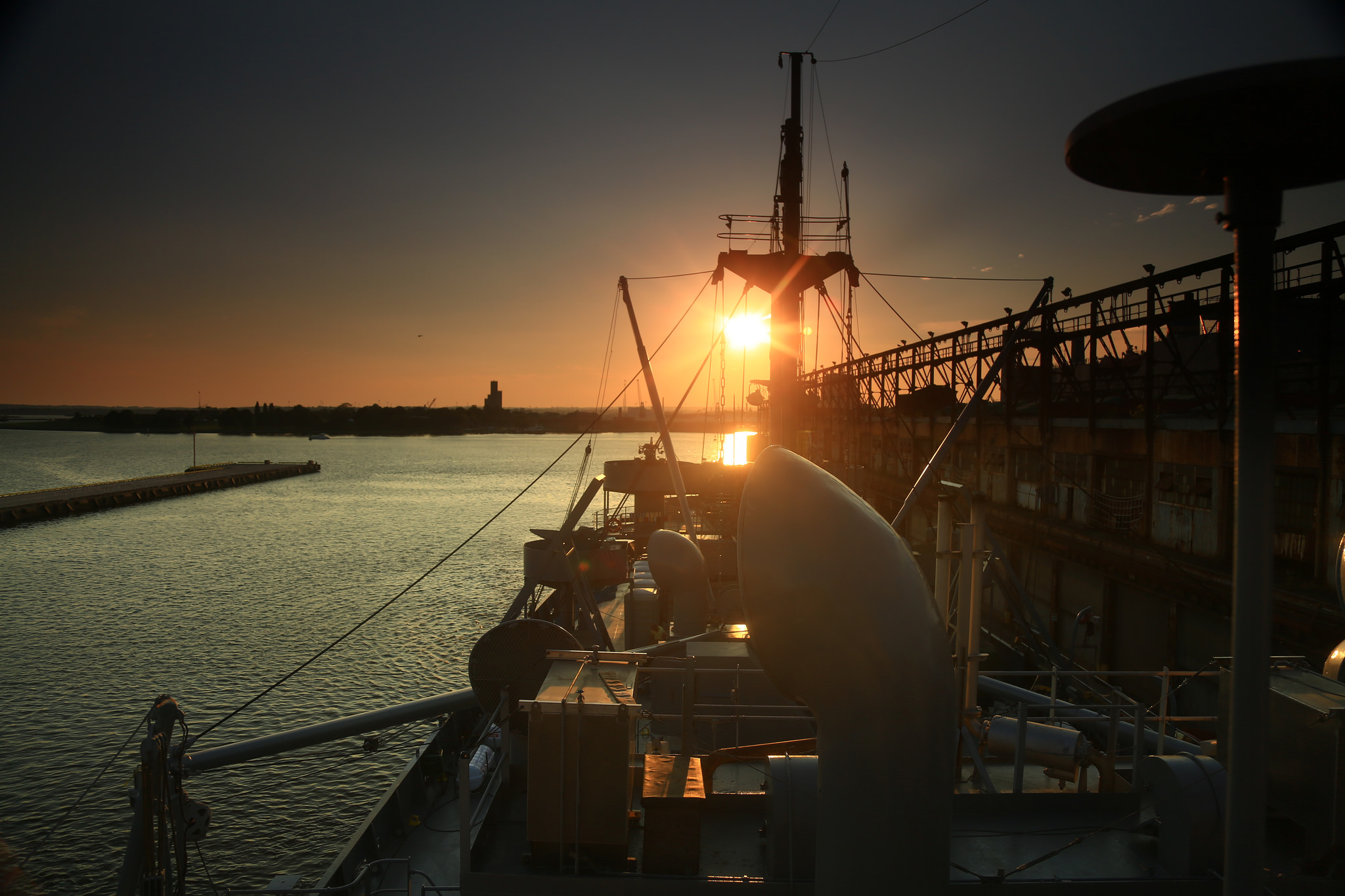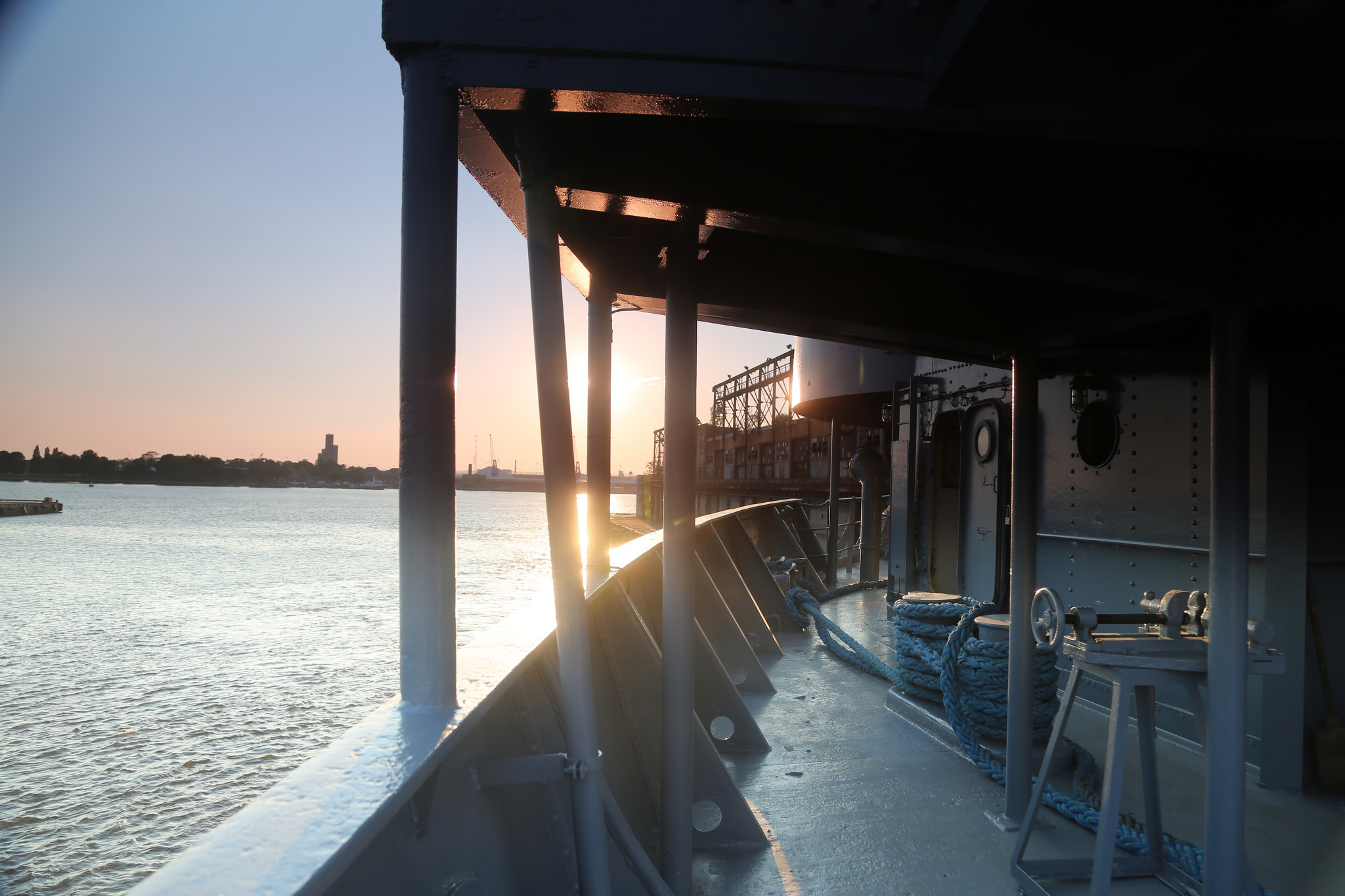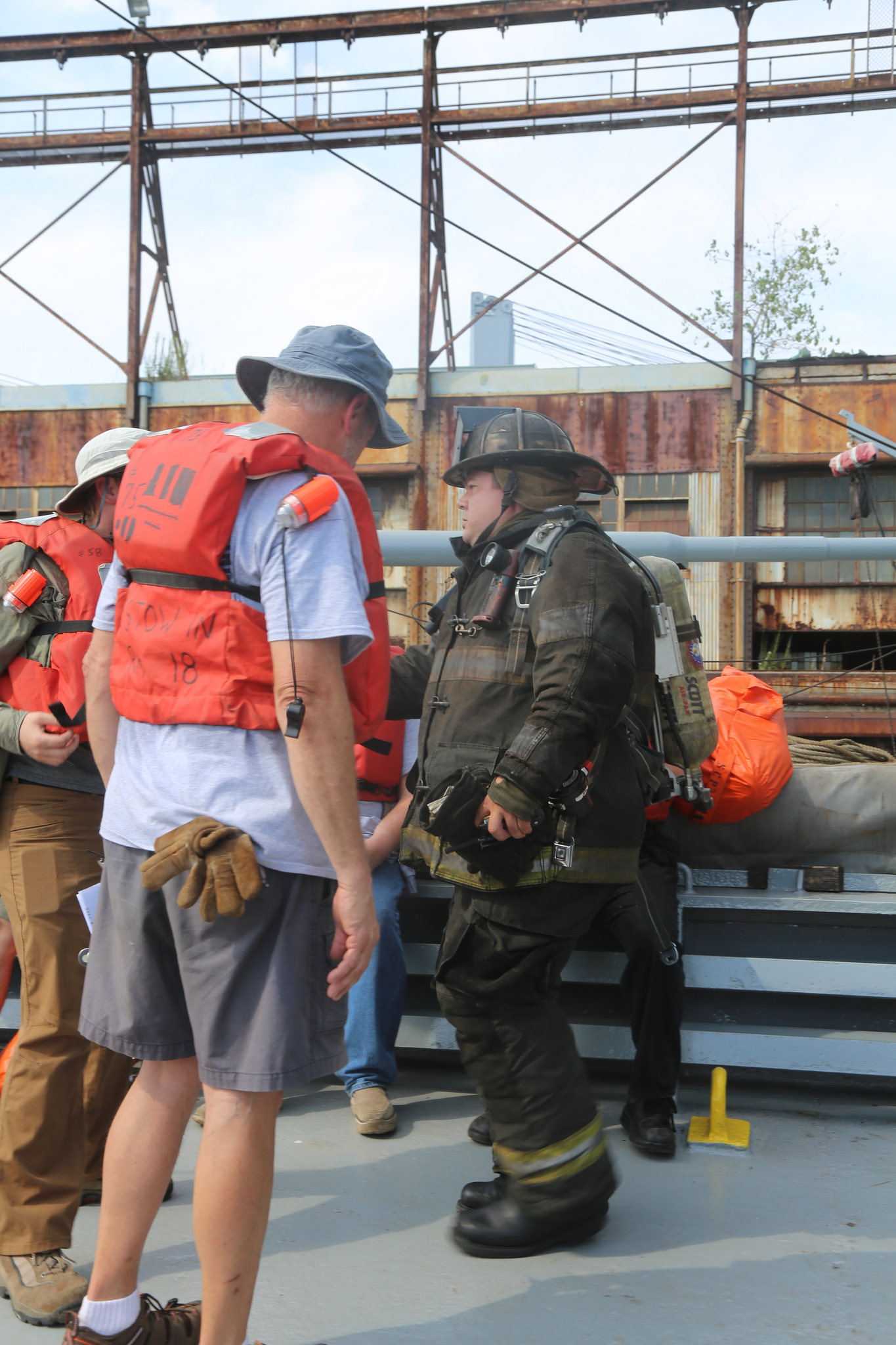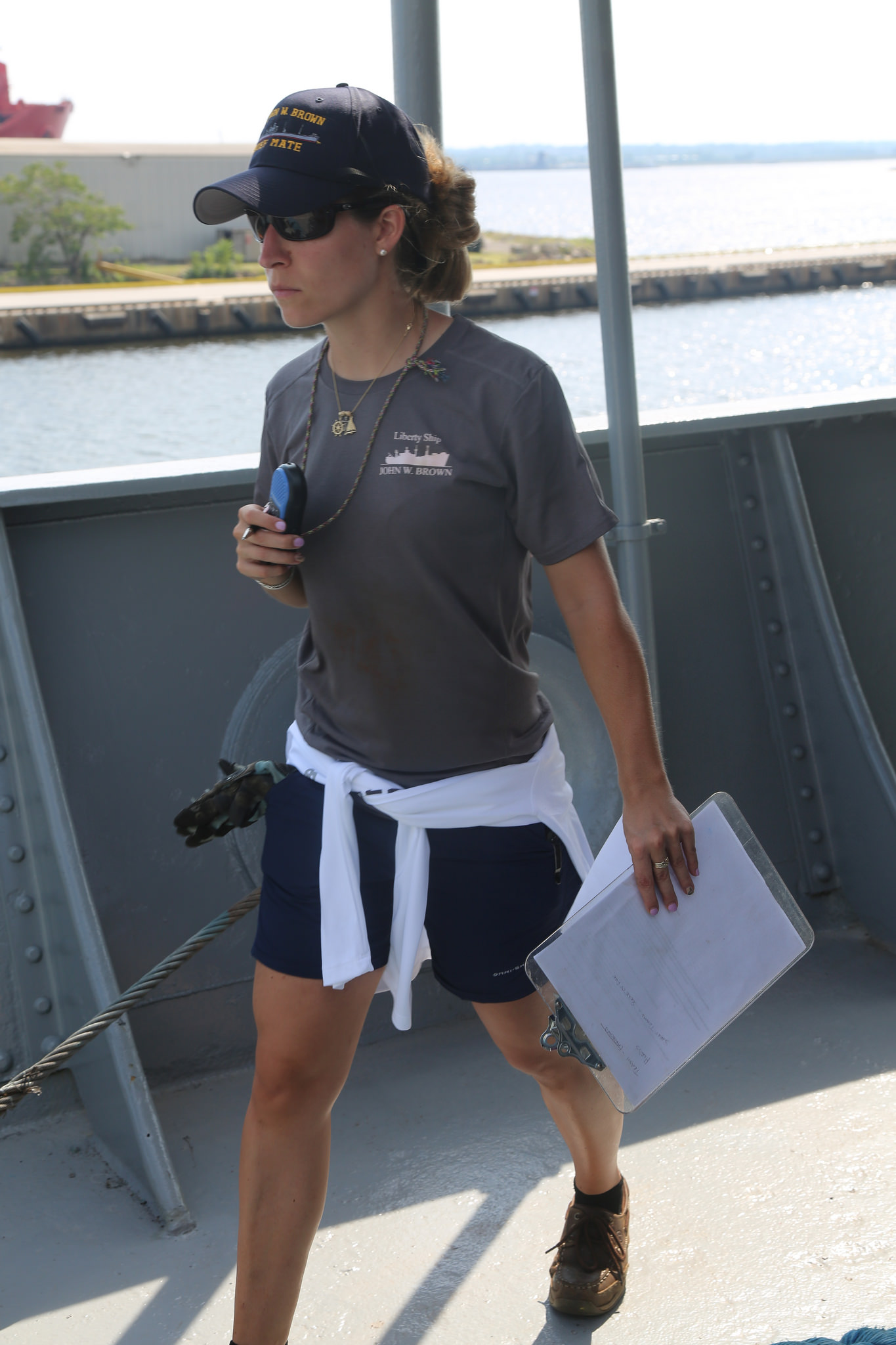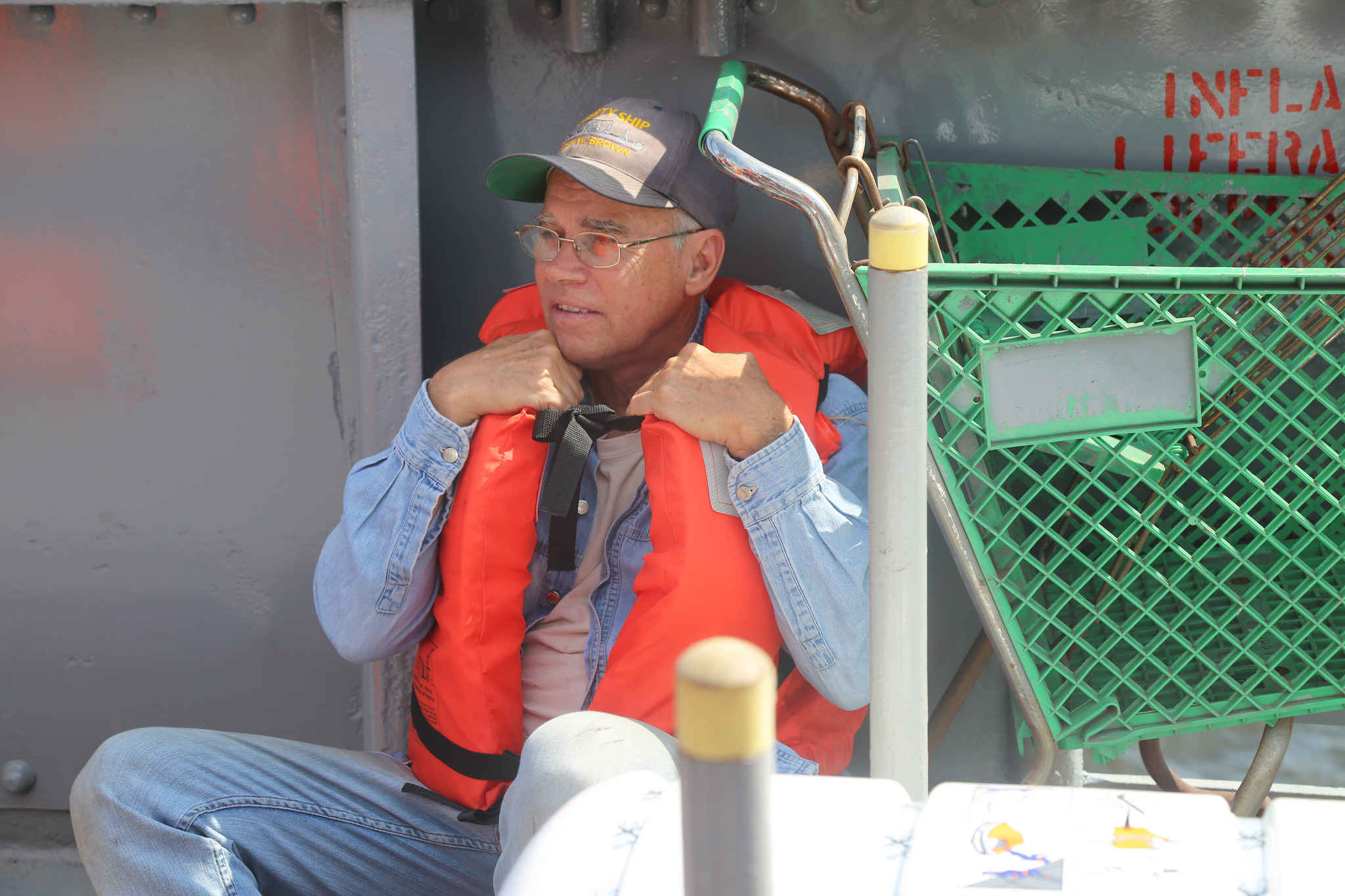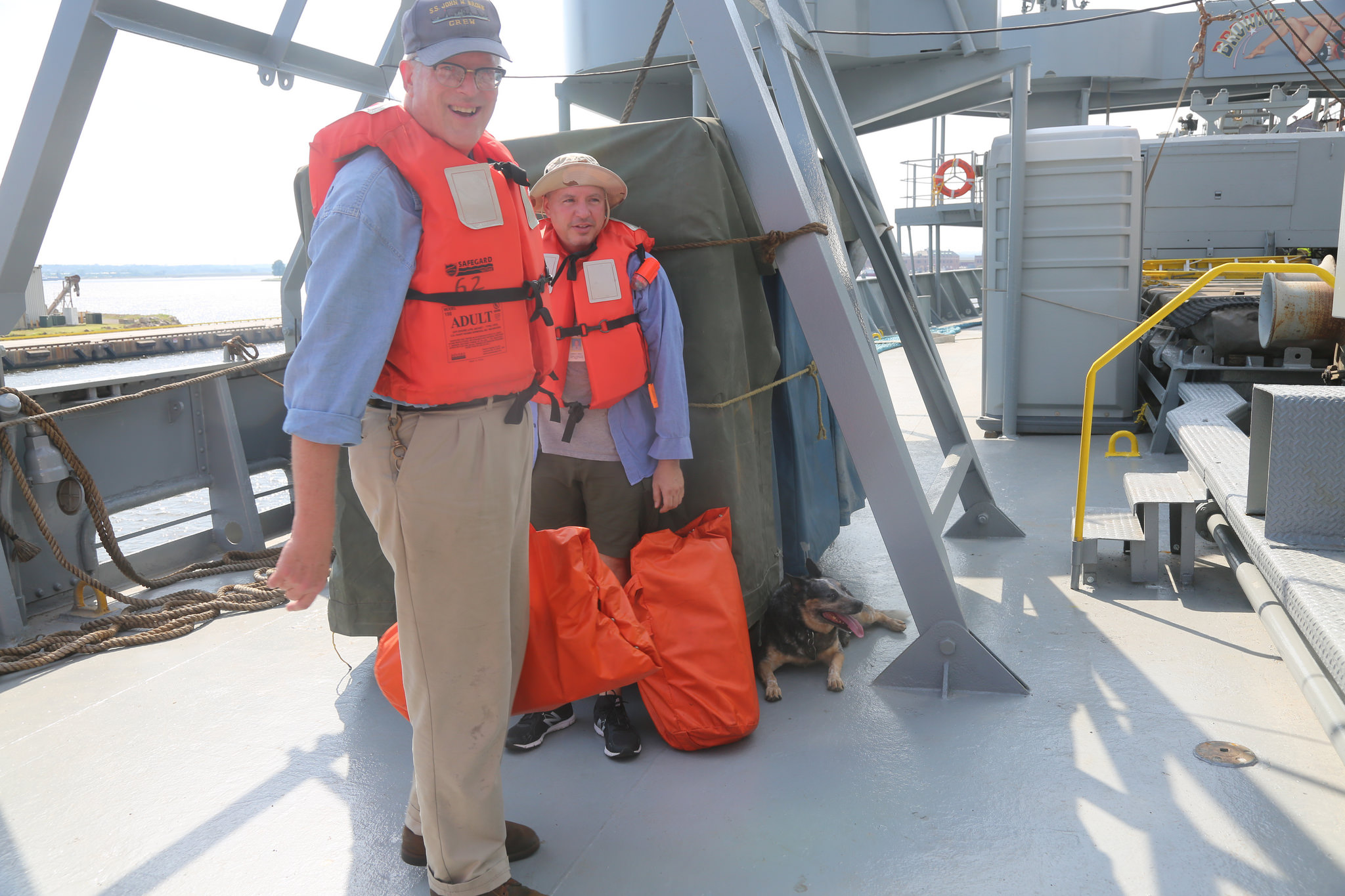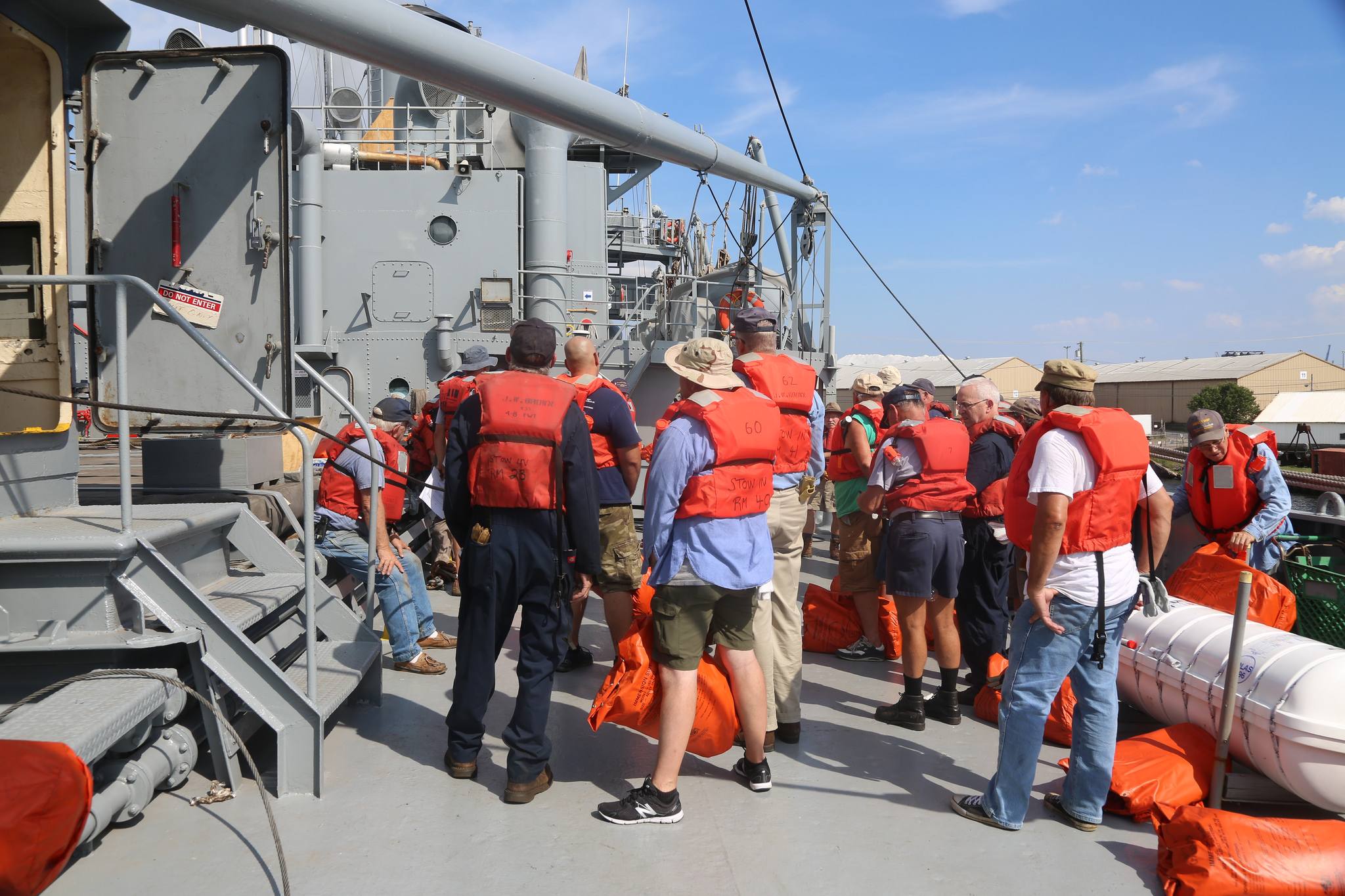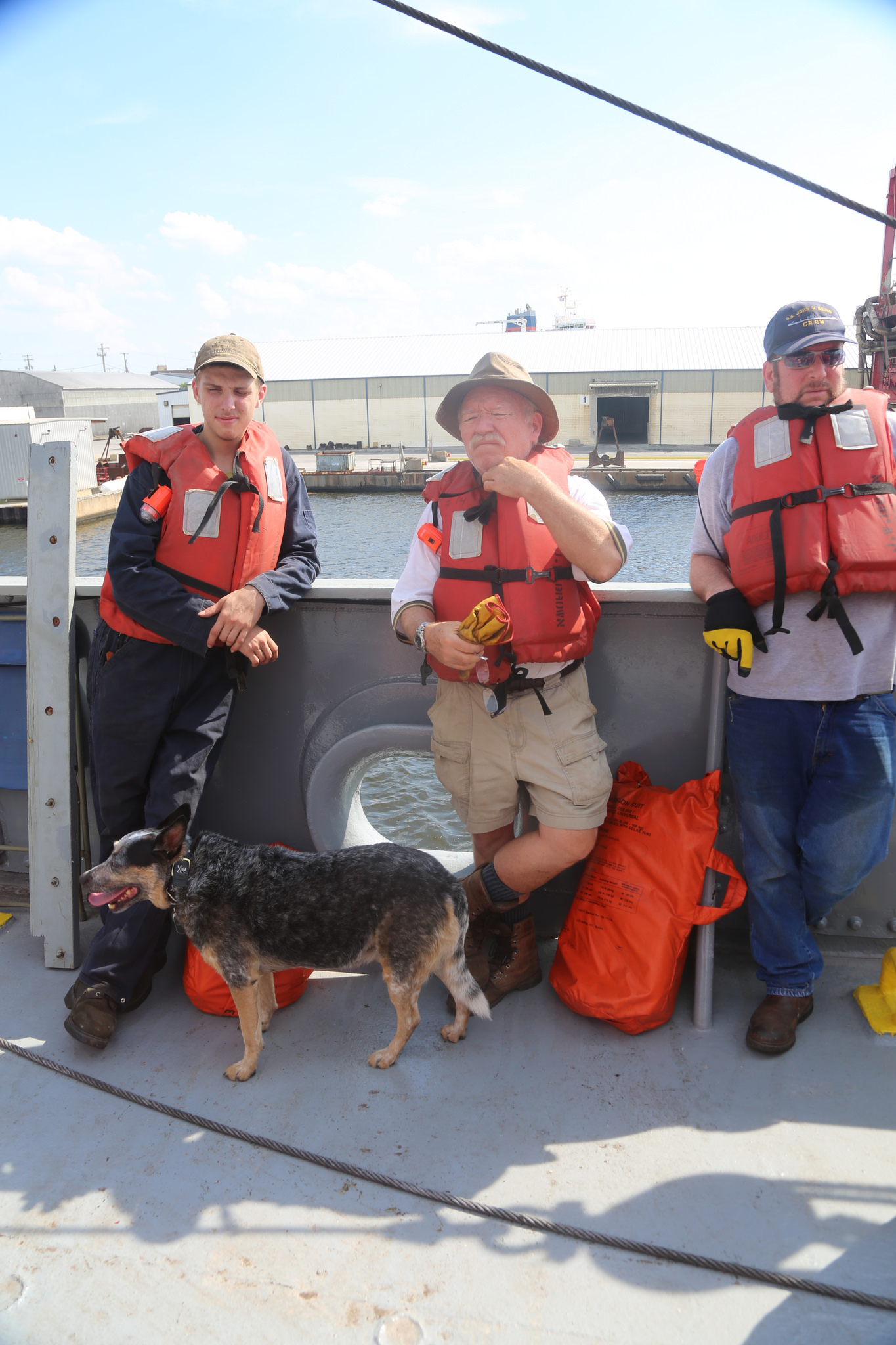What are Living History Cruises? Living History itself is an educational way to look at history, by having people 'step back in time' through the use of period entertainment, historical reenactment and historical activities. On our Living History Cruises, passengers will have access to most parts of the ship (while it's in action... remember, this is a 70+ year old ship that was made to last one voyage. And there are only 2 operational ships out of over 2,700+ ships). Here are some things you will see on the ship itself... Passengers, entertainers, reenactors, crew, veterans. Talk with the crew, other passengers and the entertainers. If you see a veteran, ask them their story; the world loses it's veterans each day, and we want to keep their stories alive.
But all of these things are the types of things you will see while you're on the ship. You will also see many other things that are not on the ship. Stay alert while you're having a great time, because there is so much to see and so many opportunities to witness
You will see the Key Bridge as we go underneath it!
You will see the Bay Bridge in the distance (not this close). We used to go out past the Bay Bridge, but due to air show restrictions, we now stop in a wide open area before the Bridge and this is where we have the airshow.
You see the Baltimore sky line.
You will see Fort McHenry with the Star Spangled Banner flying proudly in the breeze.
You see vintage aircraft closer than you will at any air show.
More planes. And some taking pictures of you taking pictures of them .
You will see cruise guests continuing to have a good time after the event. Fingers crossed for no rain ;)
Tugs. We usually will have 1-2 tugs that will get us off the pier and will also dock us back on the pier for our return.
Baltimore's Cruise Terminal on McComas Street in the Locust Point part of Baltimore. This is a VERY safe part of the city and is easy to get to from I 95 (you can actually see the ship from 95 when we are here).
Fort Carroll in Baltimore's Harbor. Its an uninhabited artificial island that is only 3 acres large, and was designed by Robert E Lee while he was with the U.S. Army Corps of Engineers in 1848.
Working Ships. Many times the ships will give an unofficial 'hey, how are ya' to passing ships. The first ship will blow their whistle 3 long times, and the answering ship gives 3 long back, then the originating ship will blow one tone and the answering ship will give one back. Since our ship is a steam ship, our whistle runs on steam (or compressed air), and our girl has some strong lungs, so usually the Bridge will make an announcement to 'cover your ears'.
Other historical ships like the Pride of Baltimore II! Though we are a steel ship, we do love the wooden tall ships as well.
2016 was a pretty busy year for the ship. We had 2 scheduled Baltimore cruises (though the October cruise was canceled due to weather) and we also had 2 port visits (Norfolk and NYC). This year we have two cruises scheduled in Baltimore and we changed the October cruise to a September cruise due to bad luck with October cruises and hurricanes. The cruise dates for May and September are found on the website. Please join us if you can. Click on the different links to order your specific cruise dates.
Project Liberty Ship, Inc is a 501(c)3 non-profit, all volunteer organization engaged in the preservation and operation of the historic ship JOHN W. BROWN as a living memorial museum. Gifts to Project Liberty Ship are tax deductible
